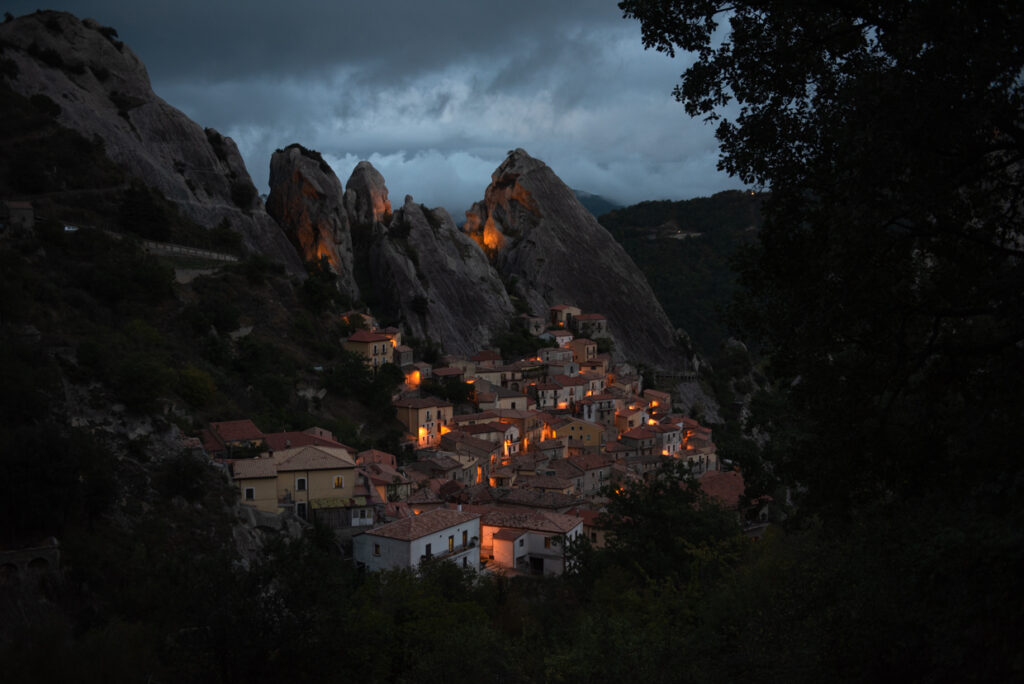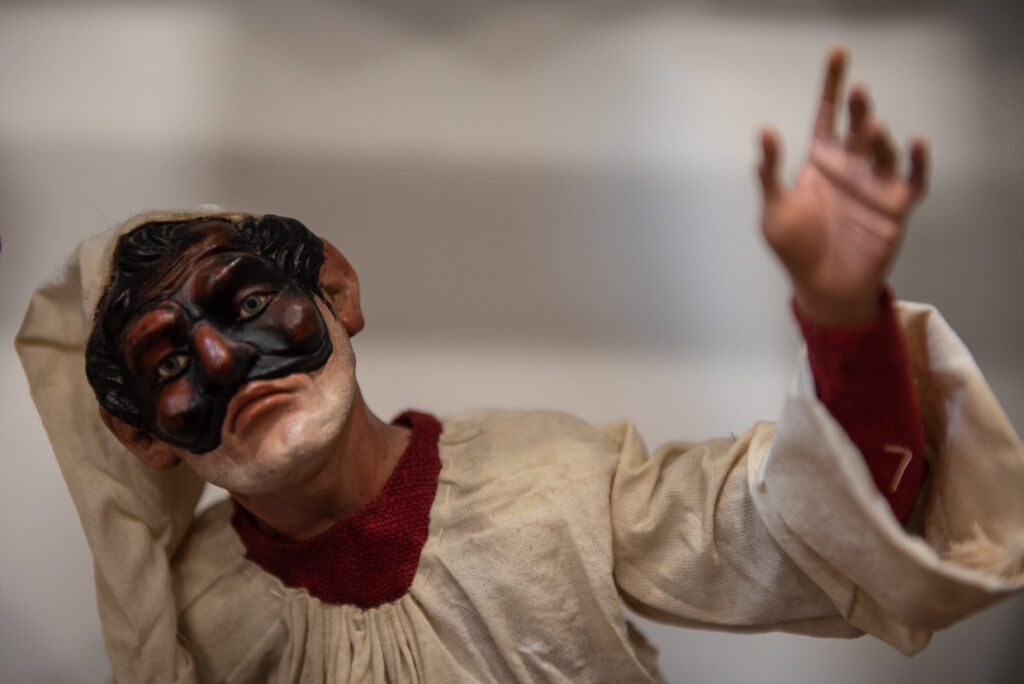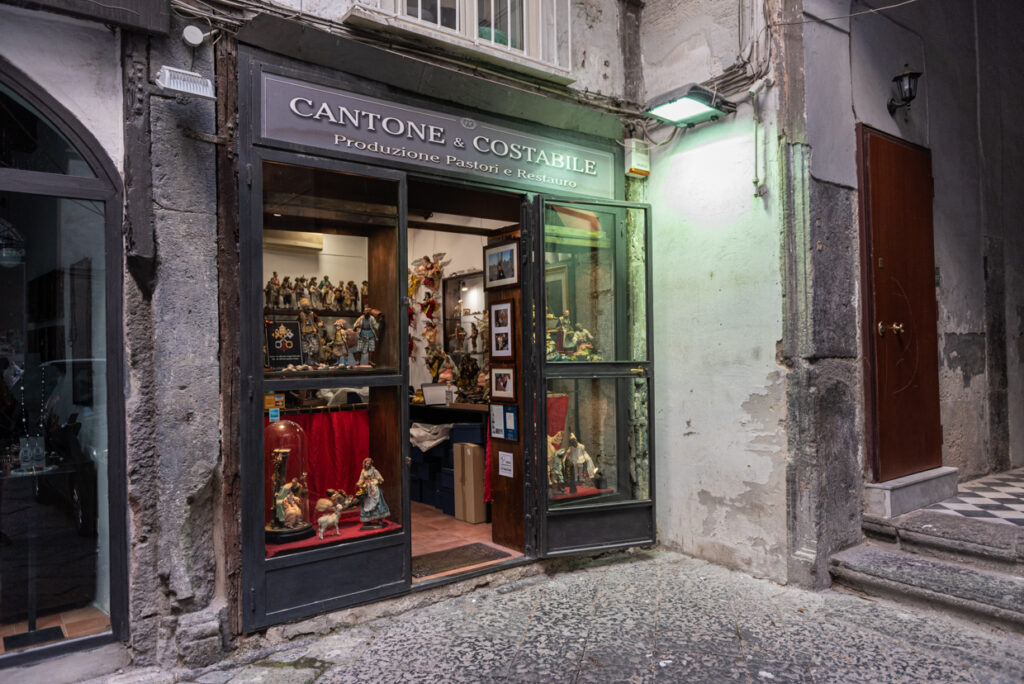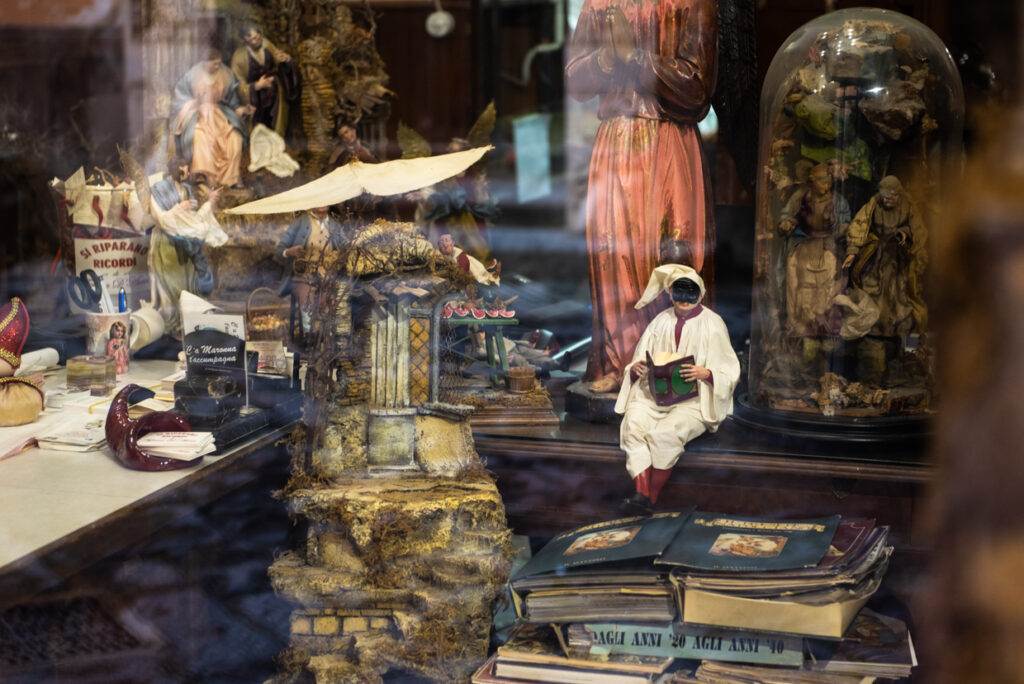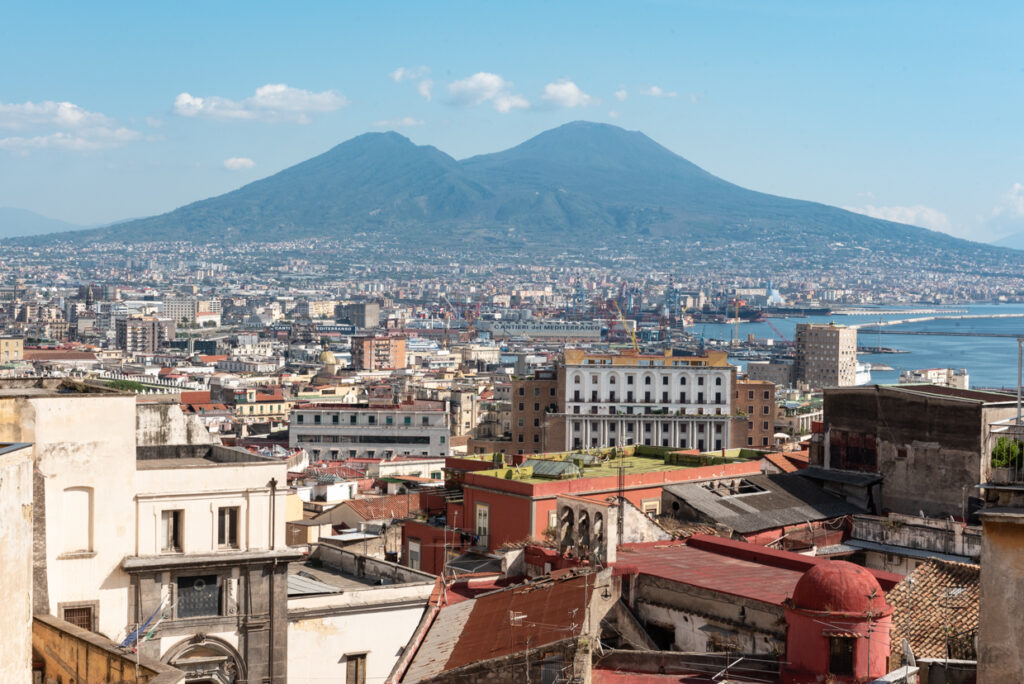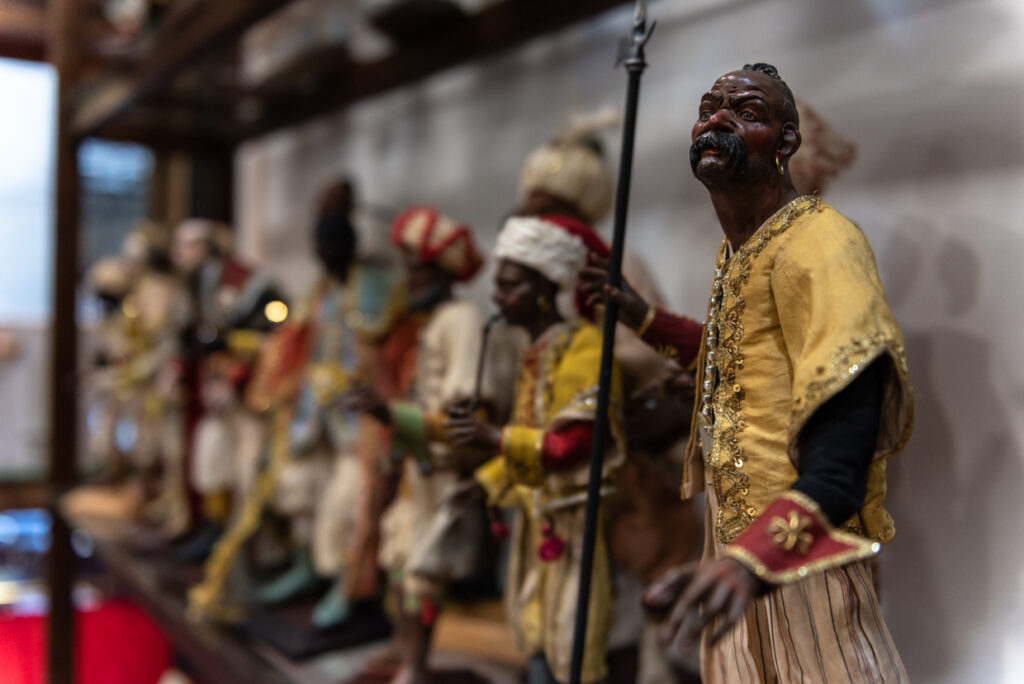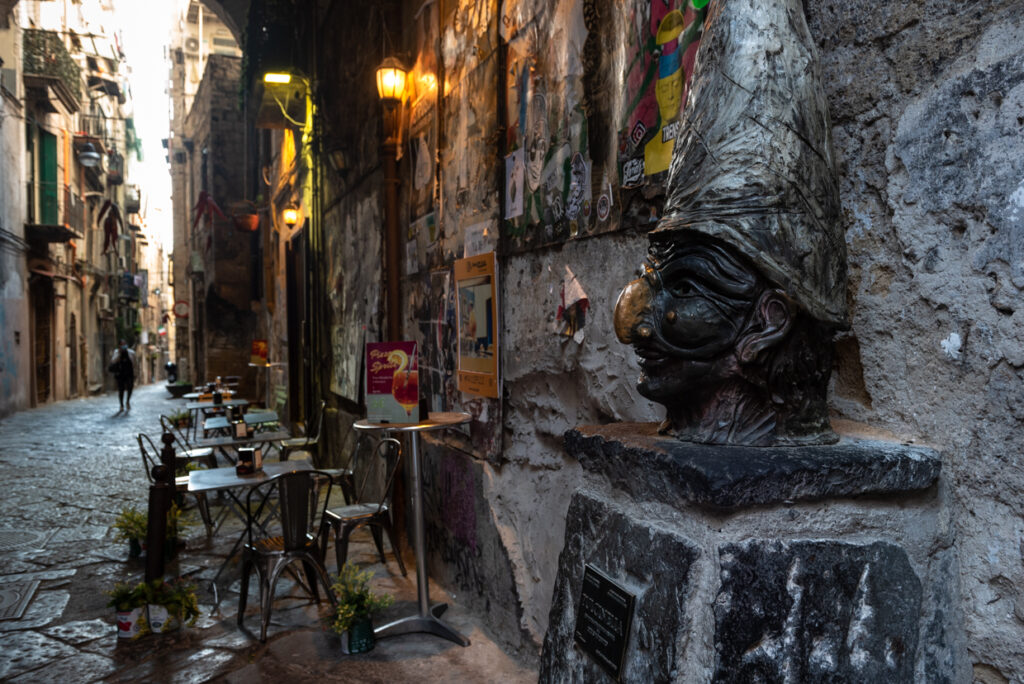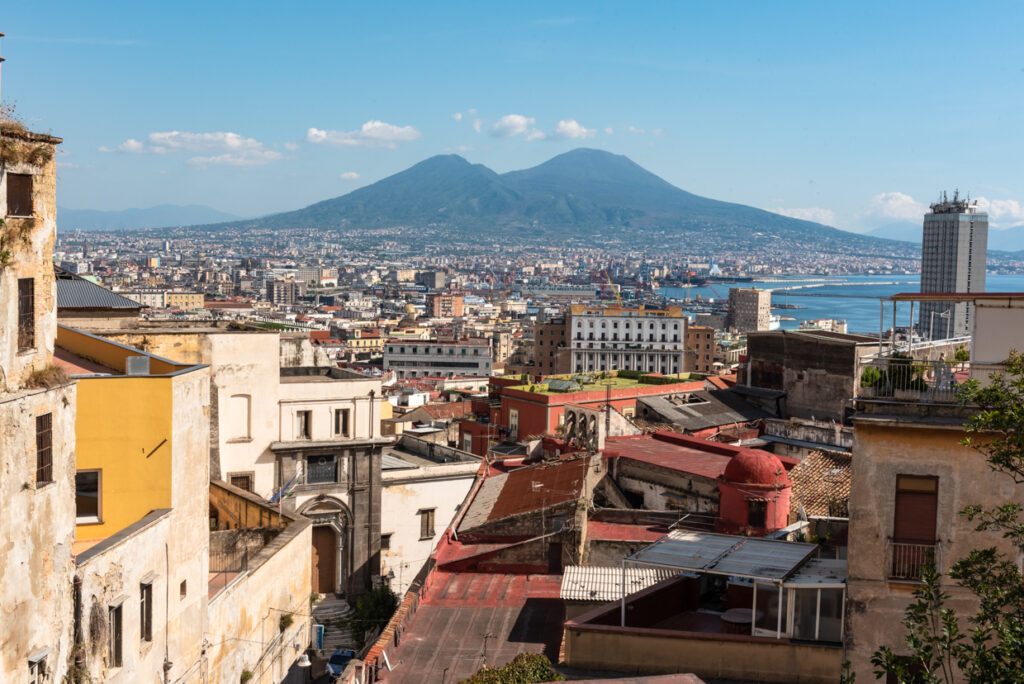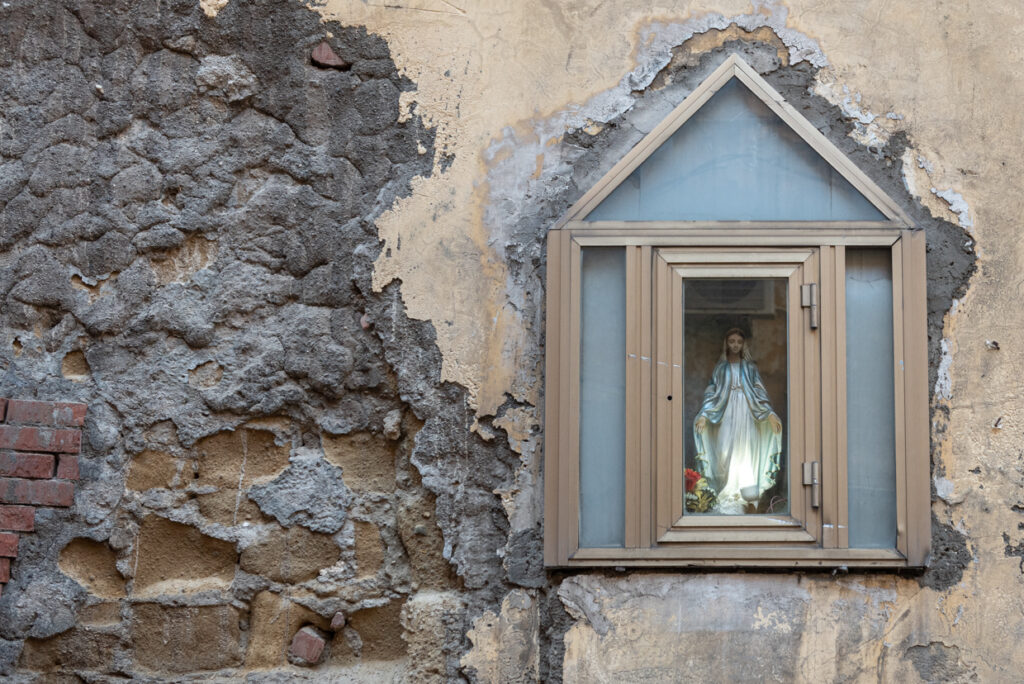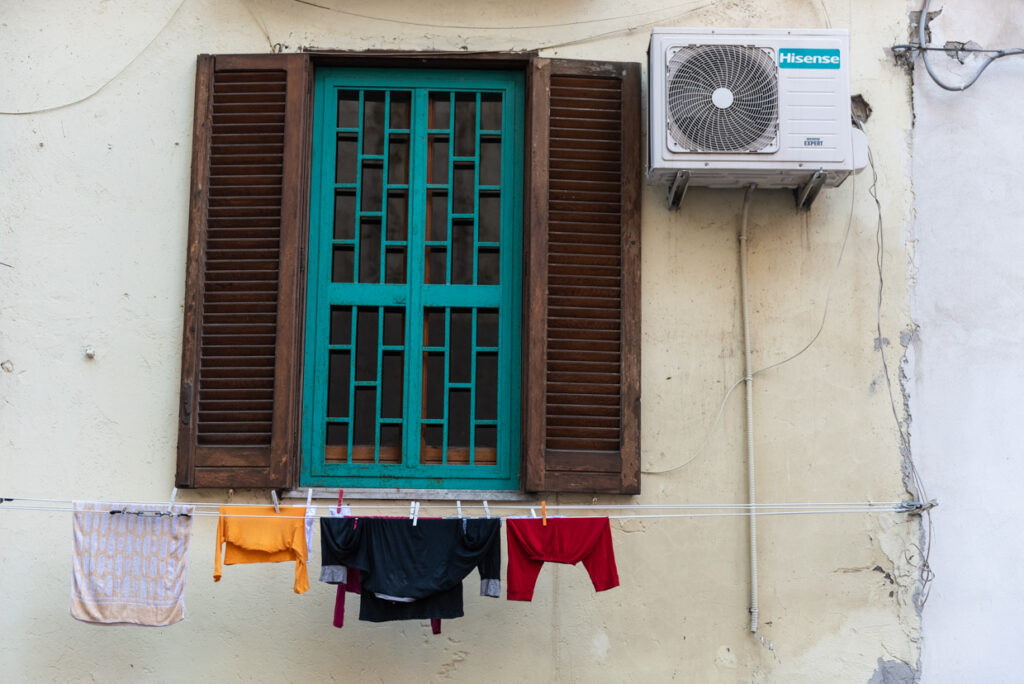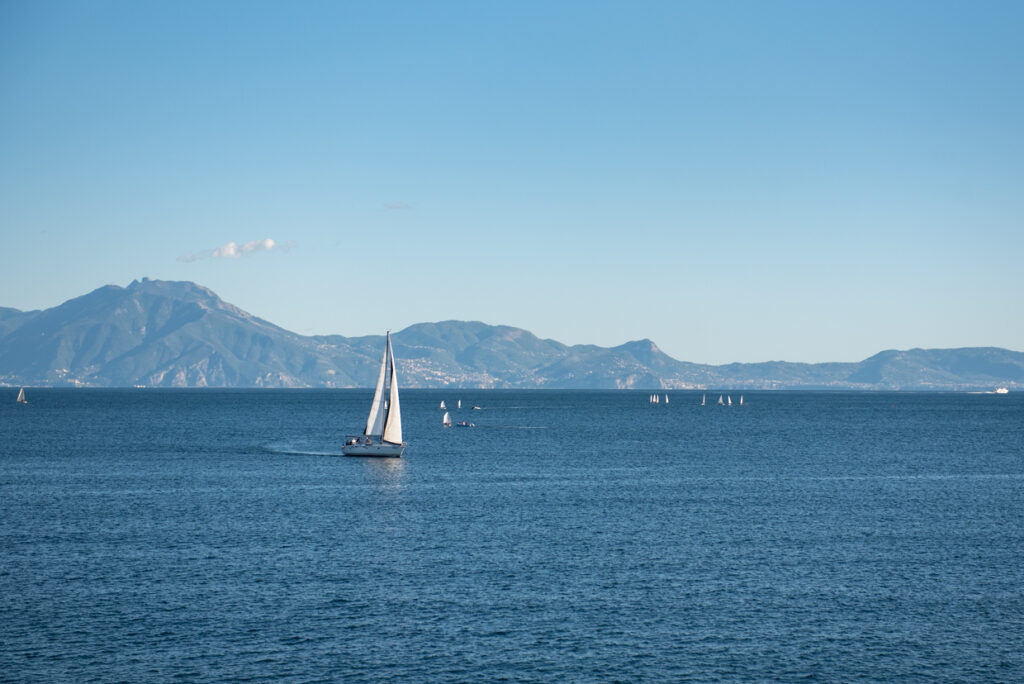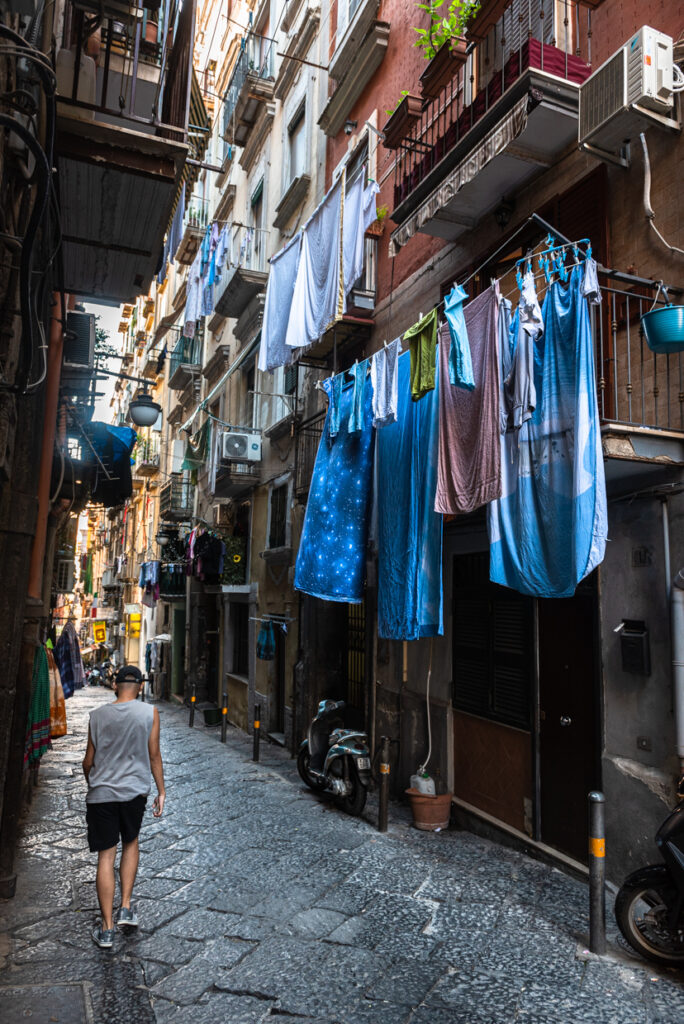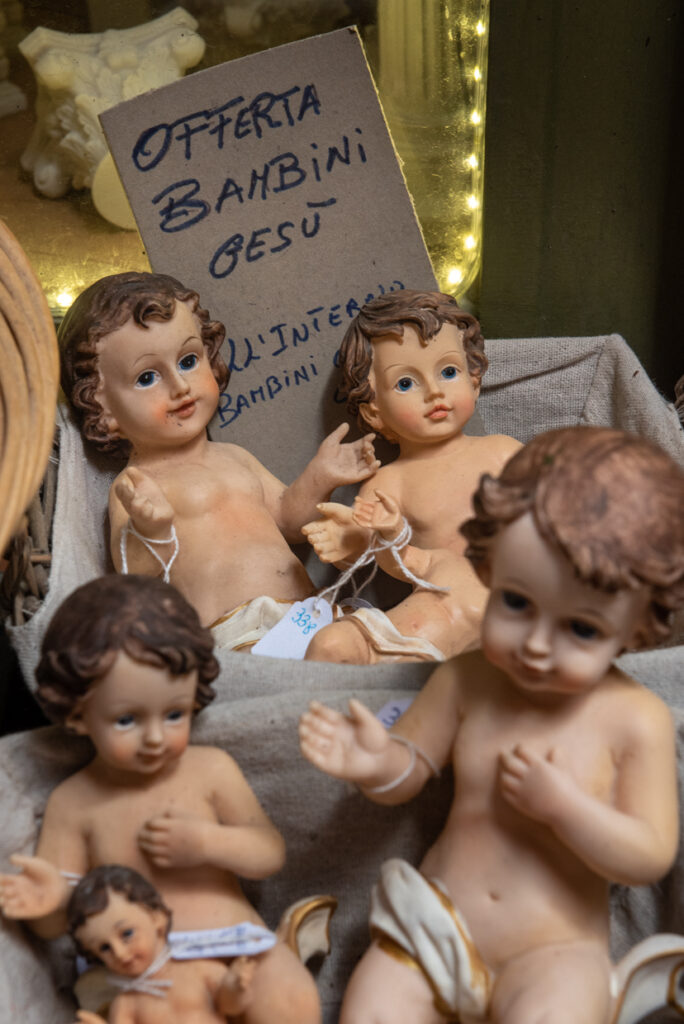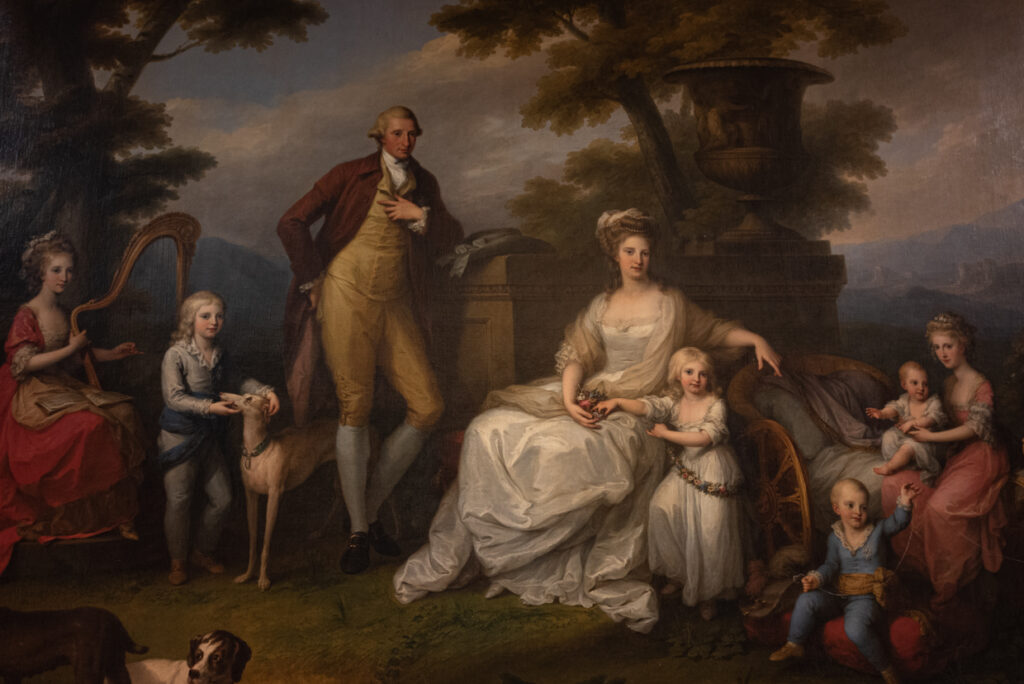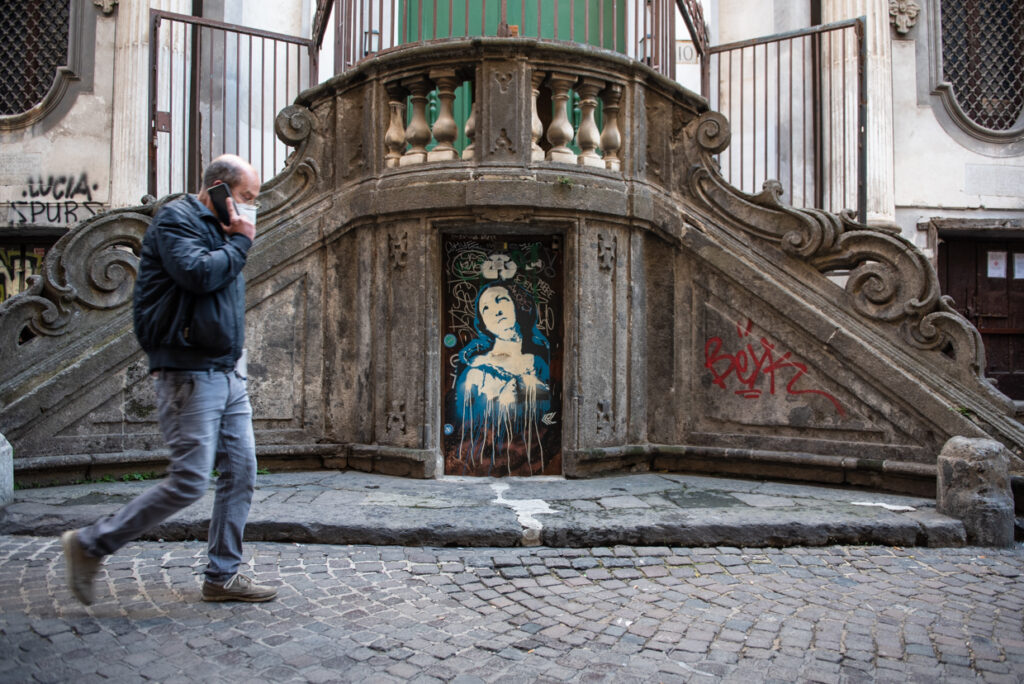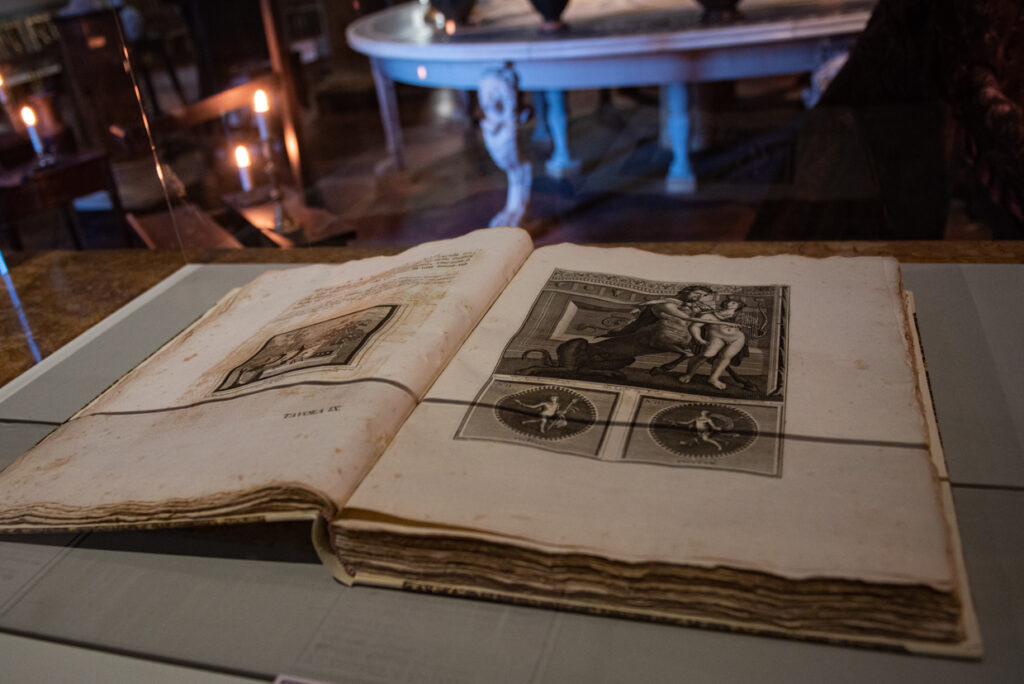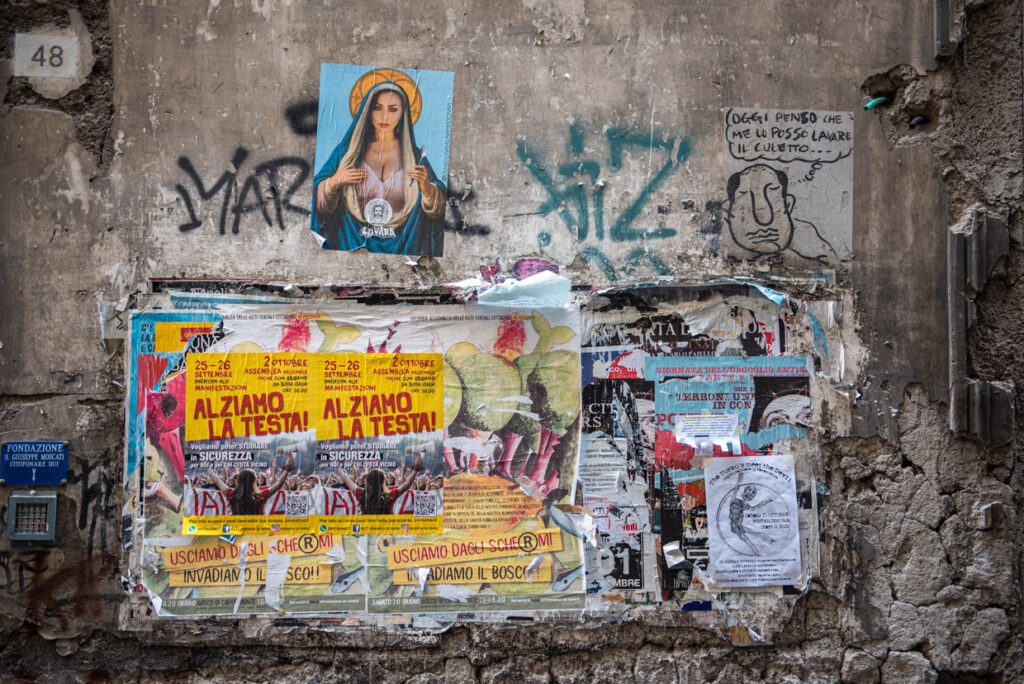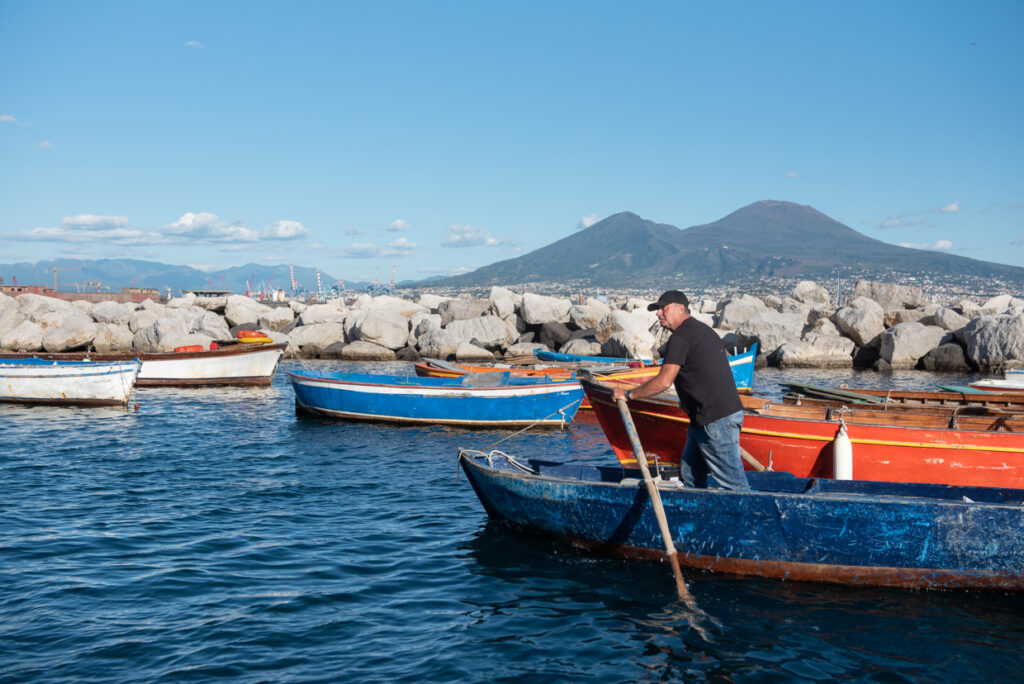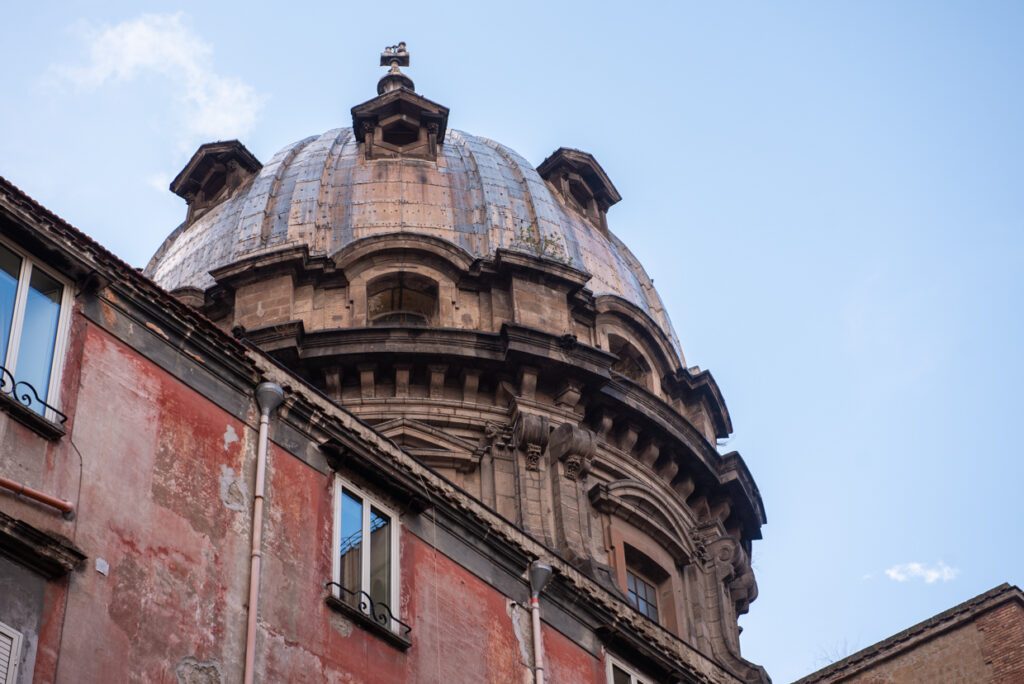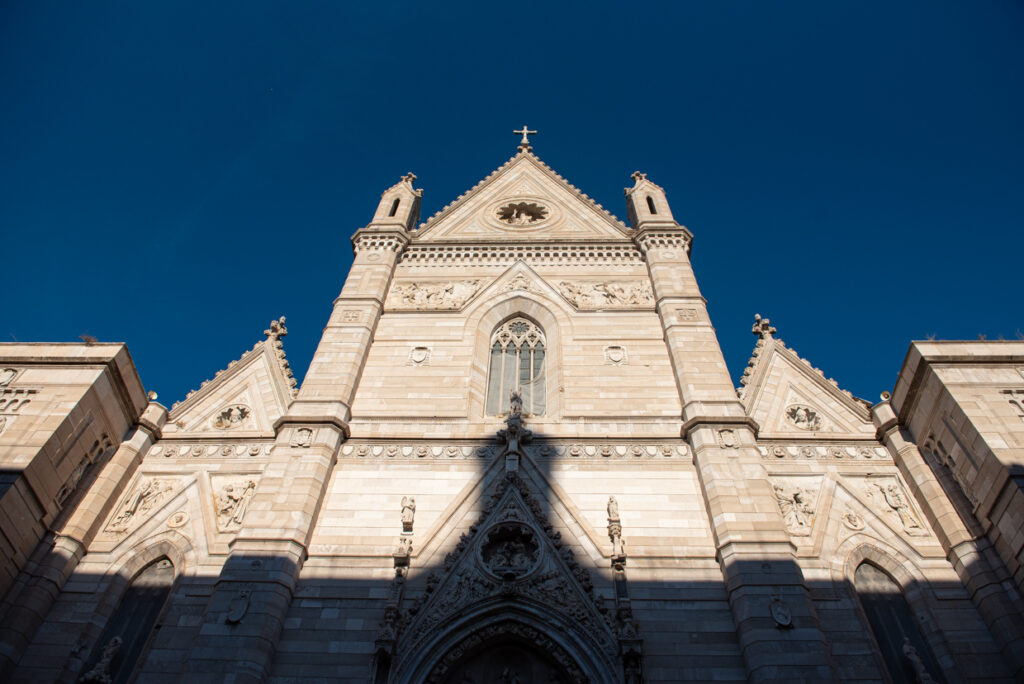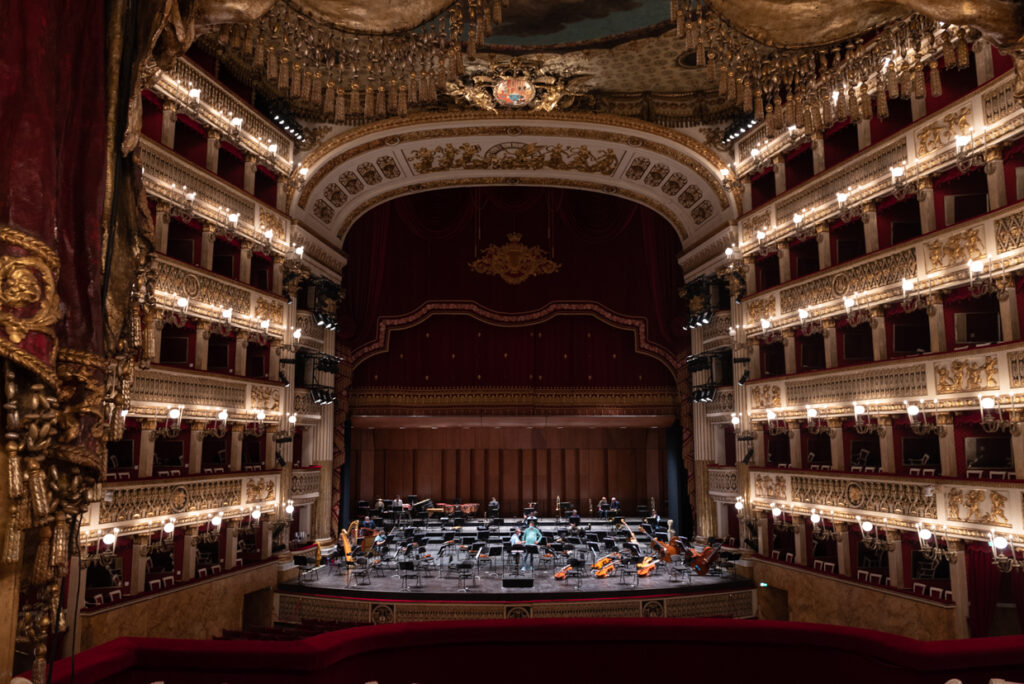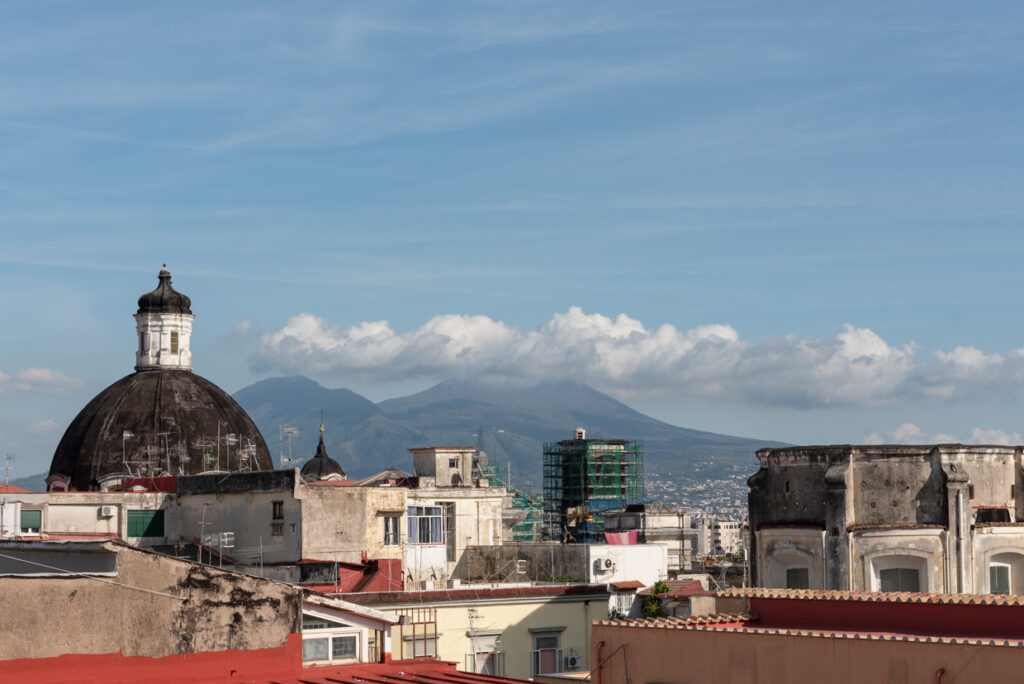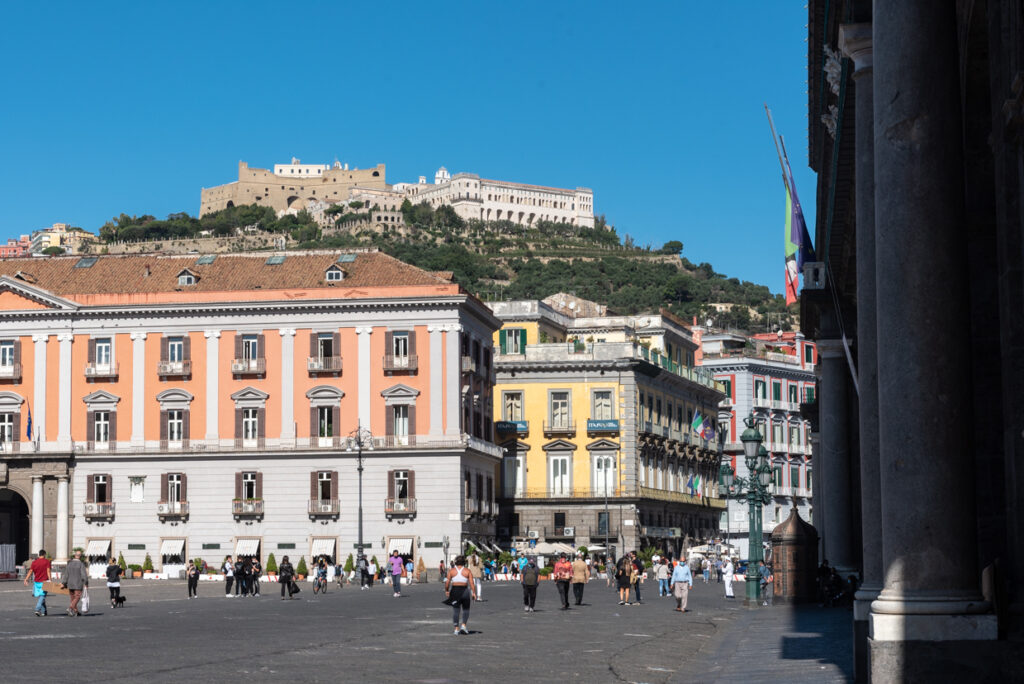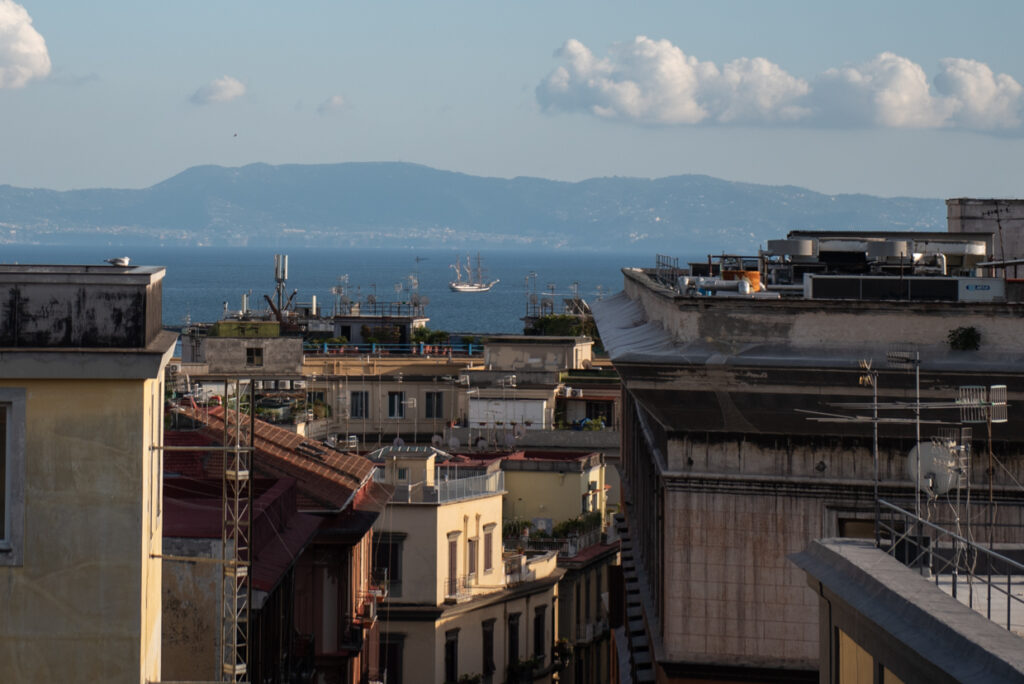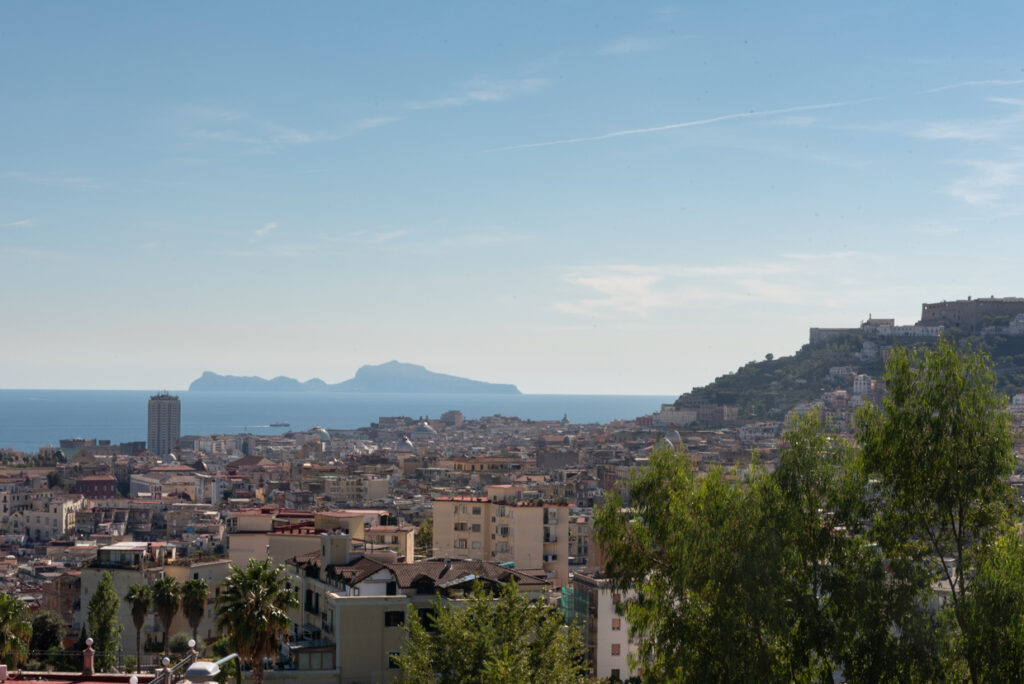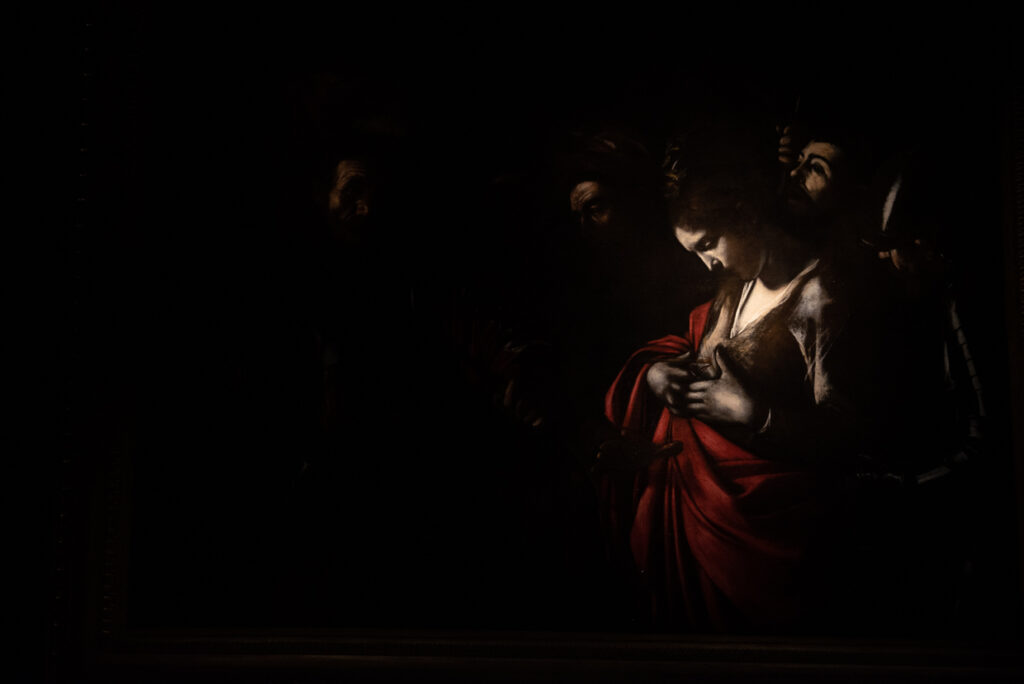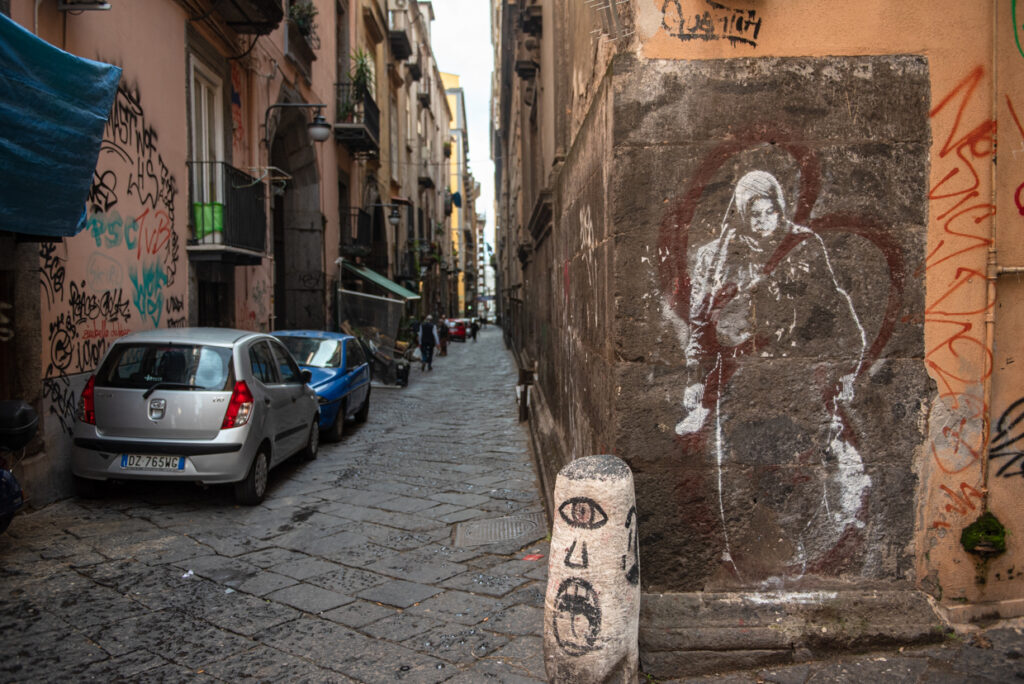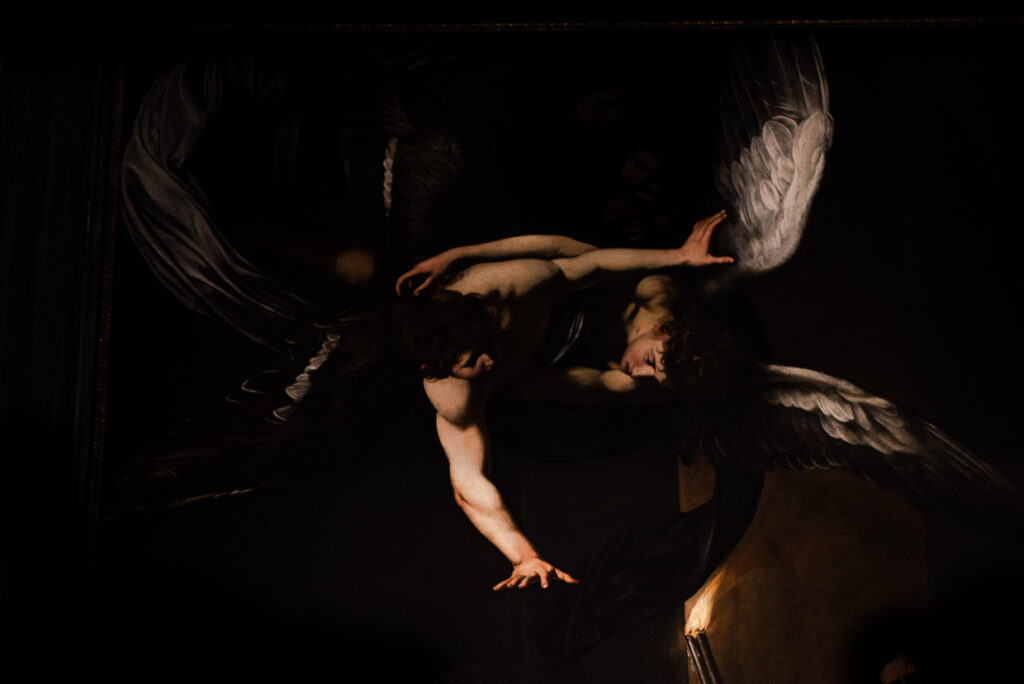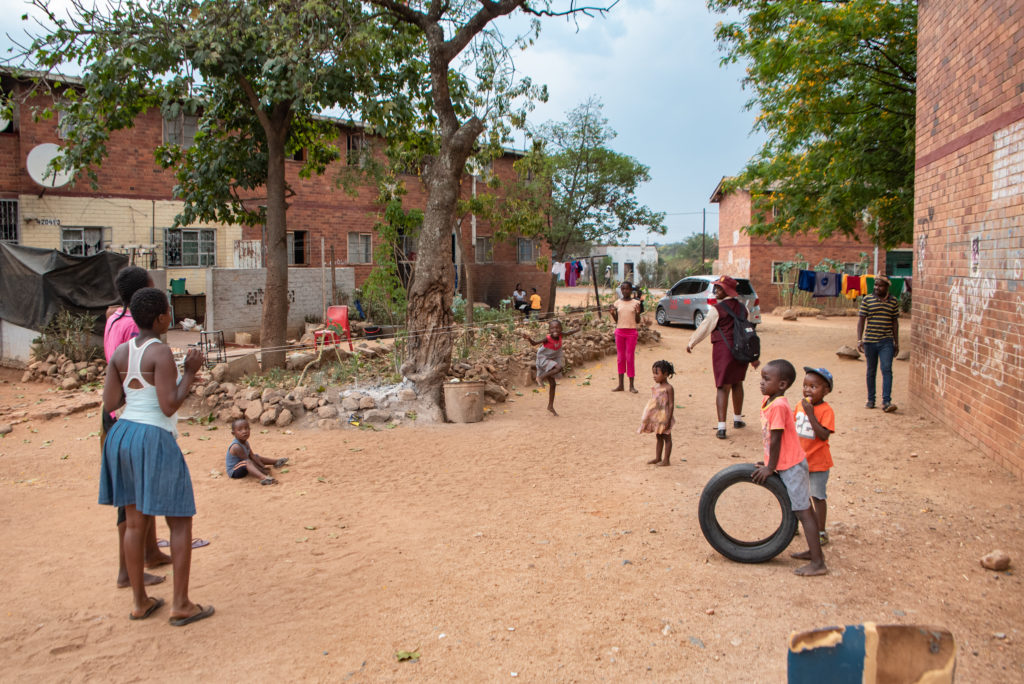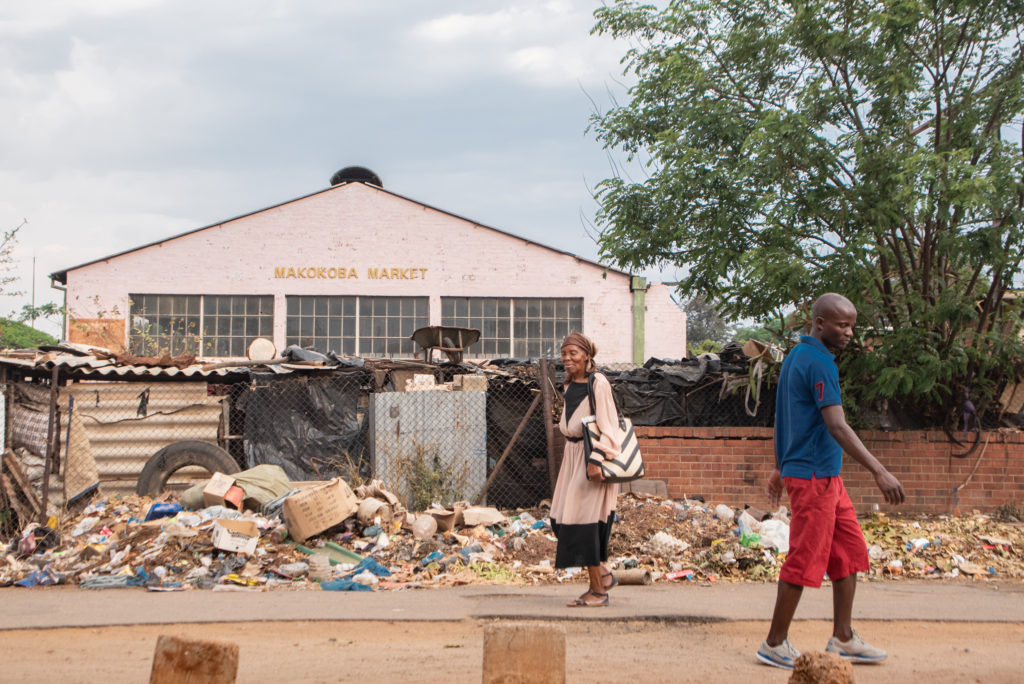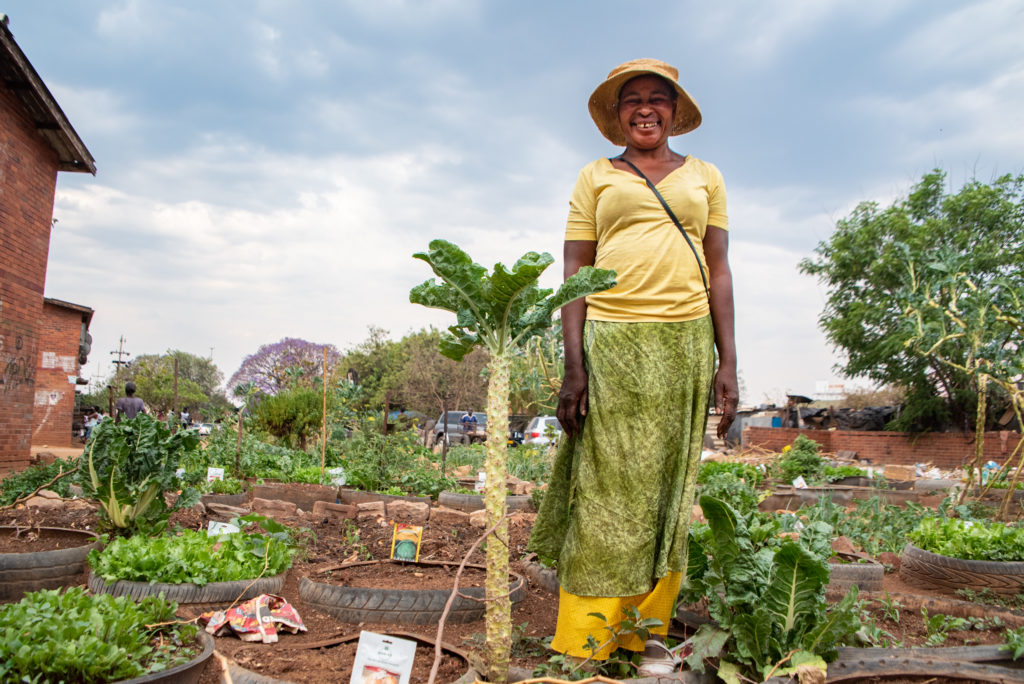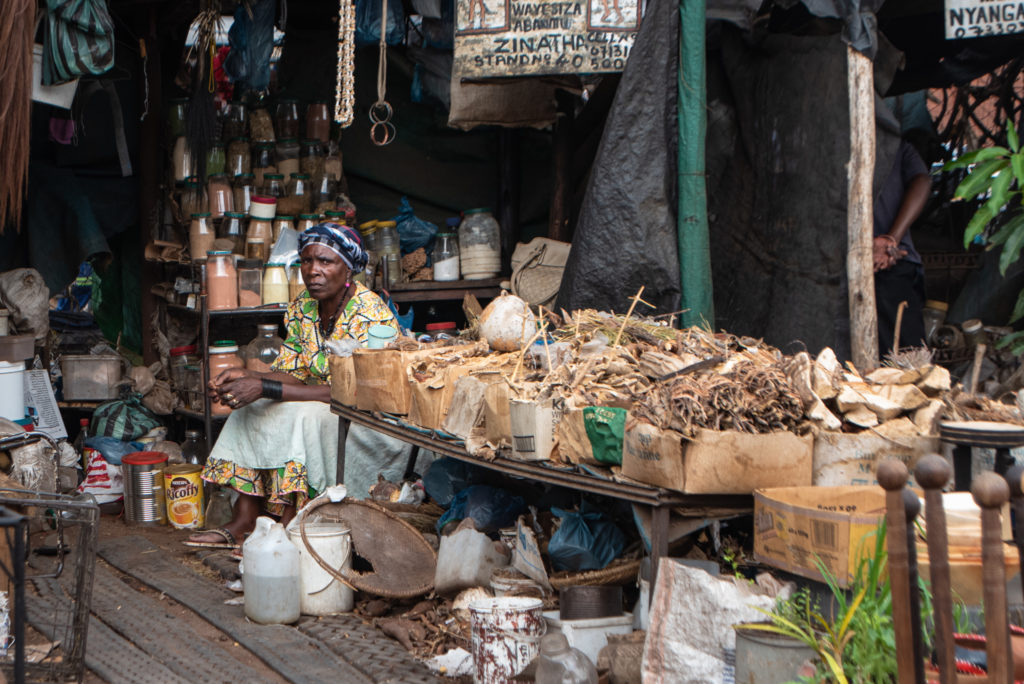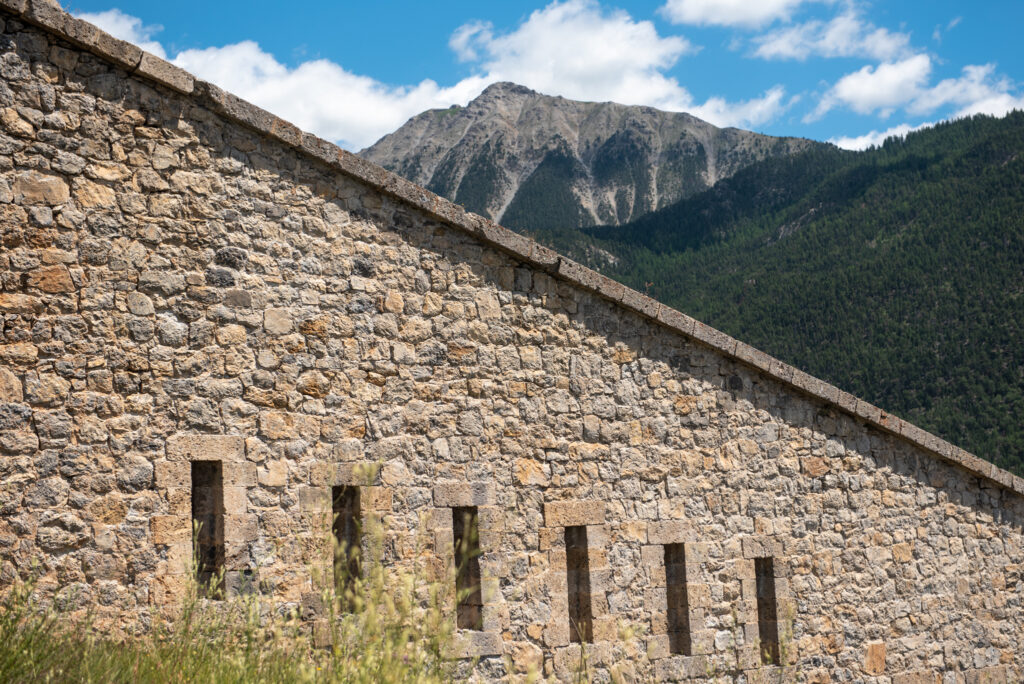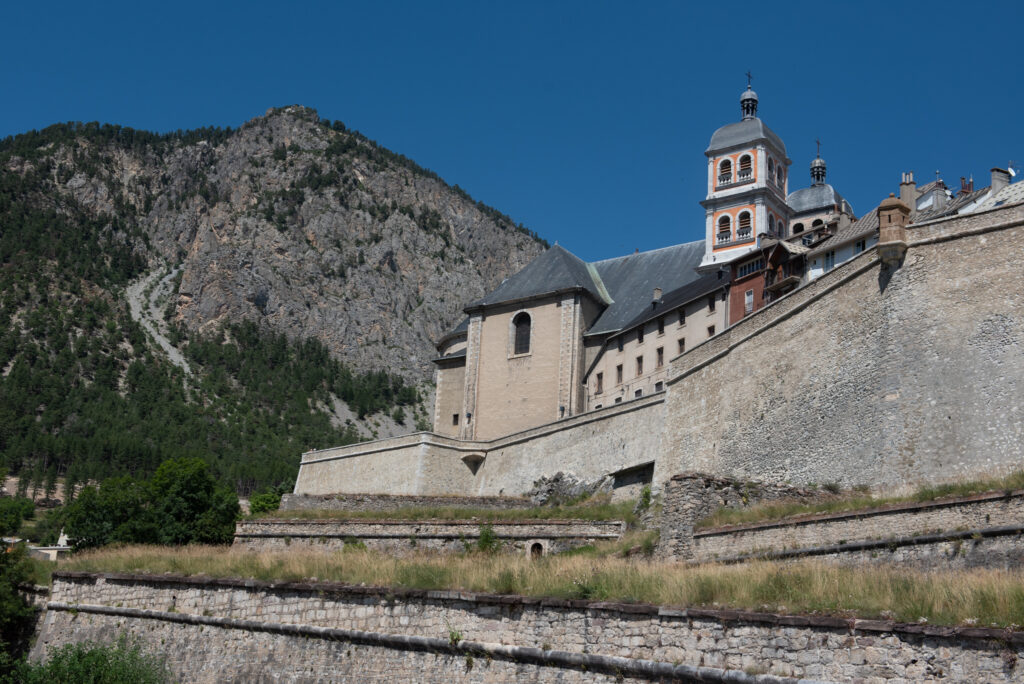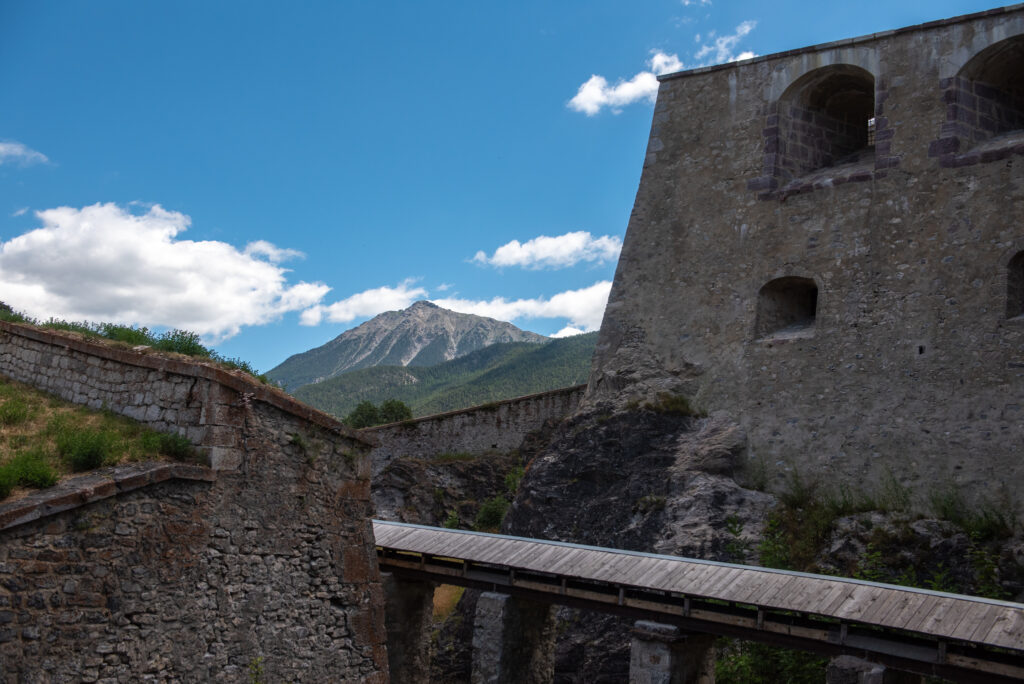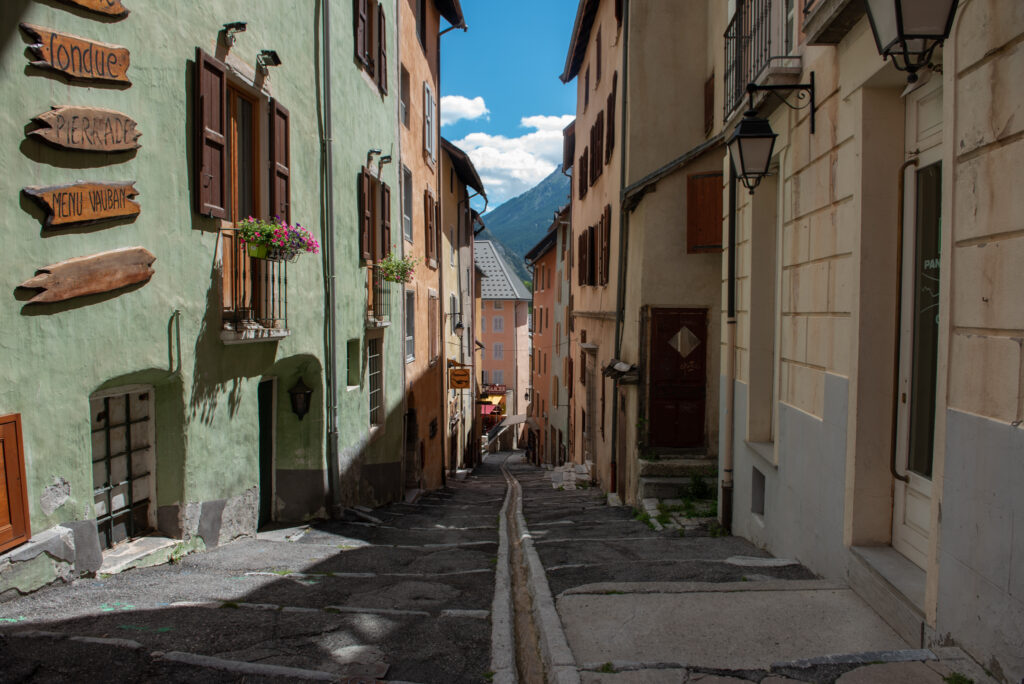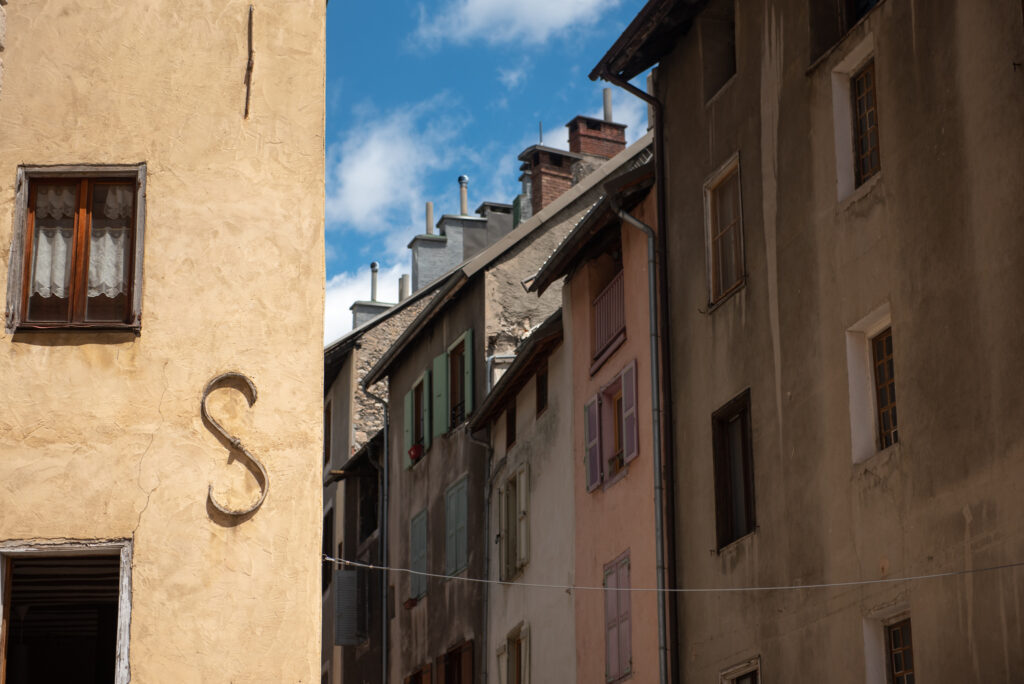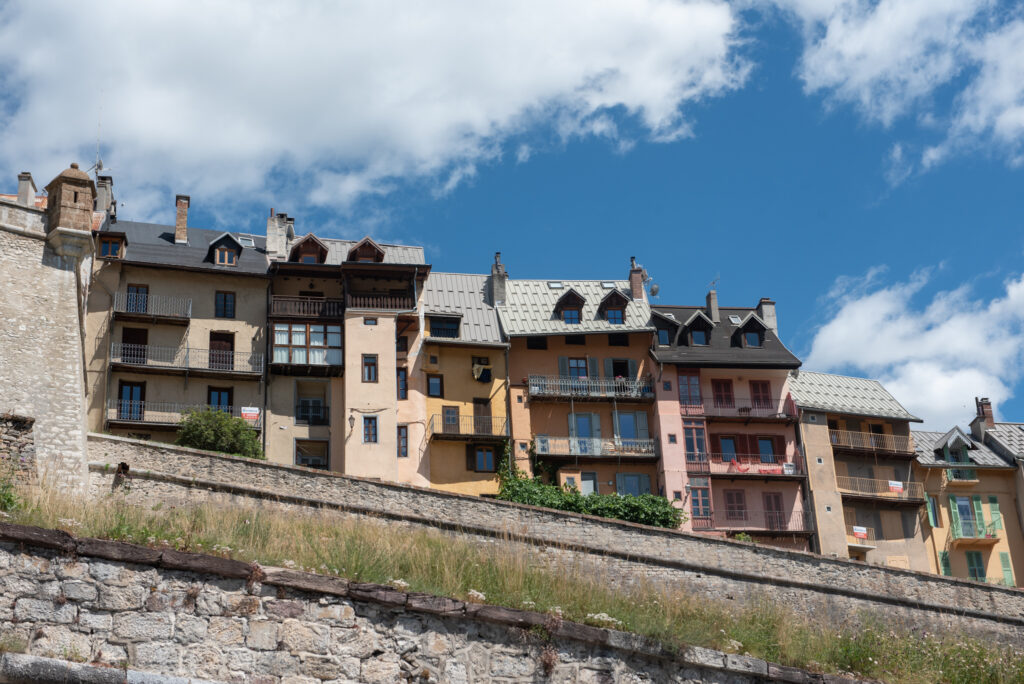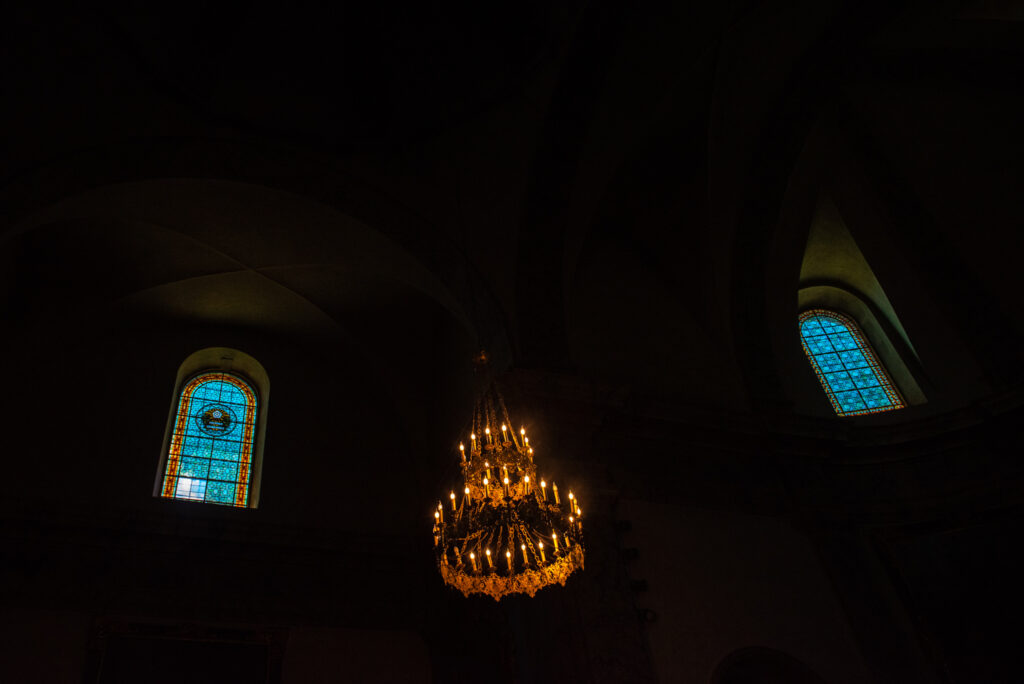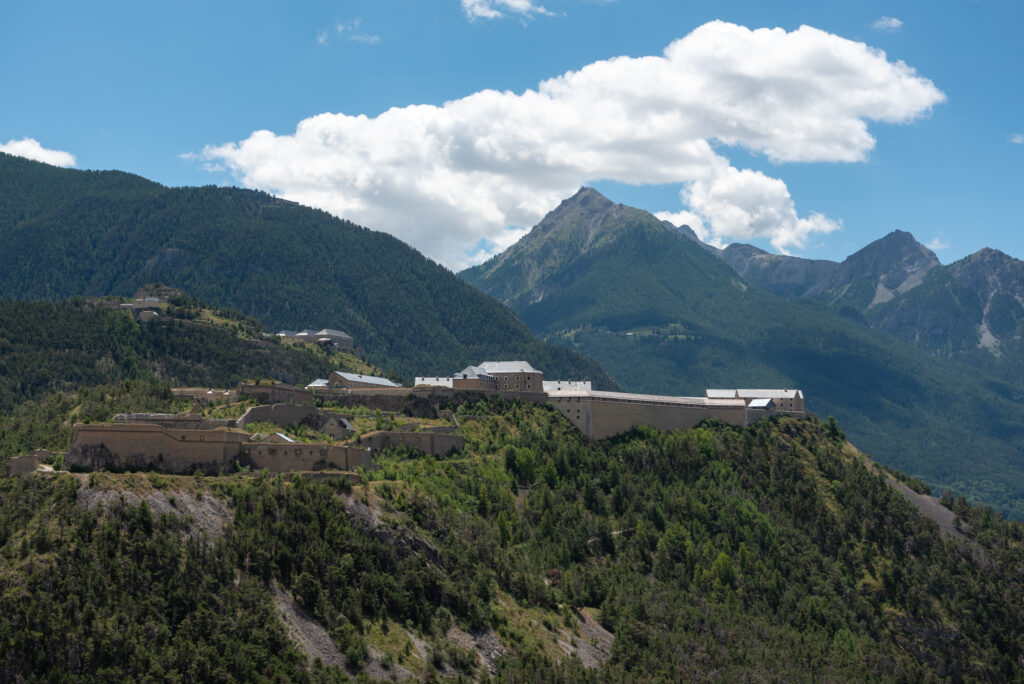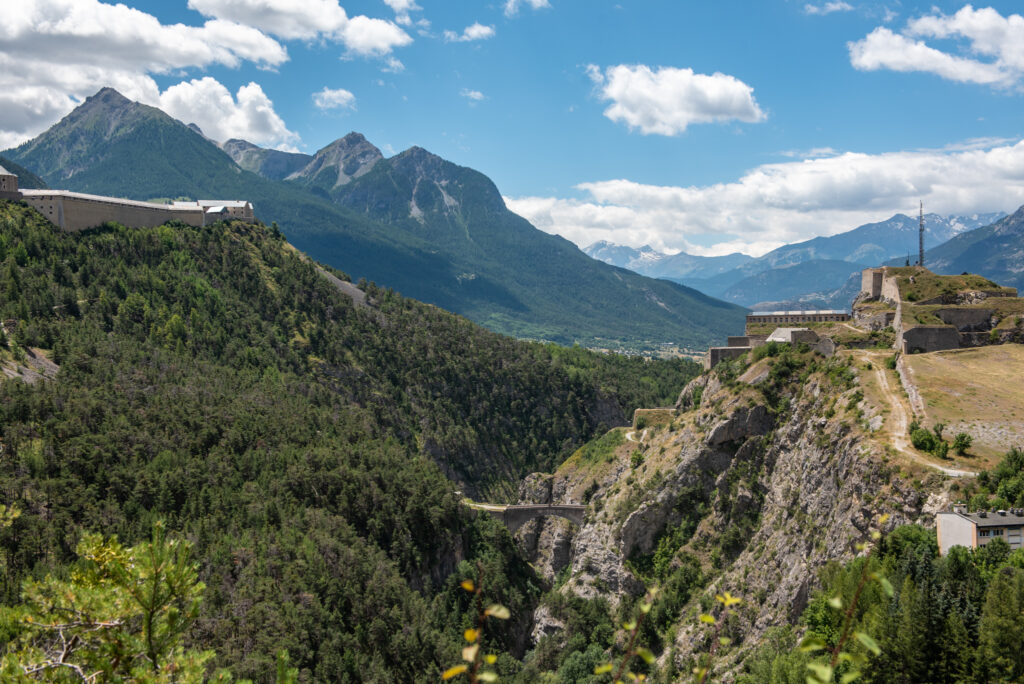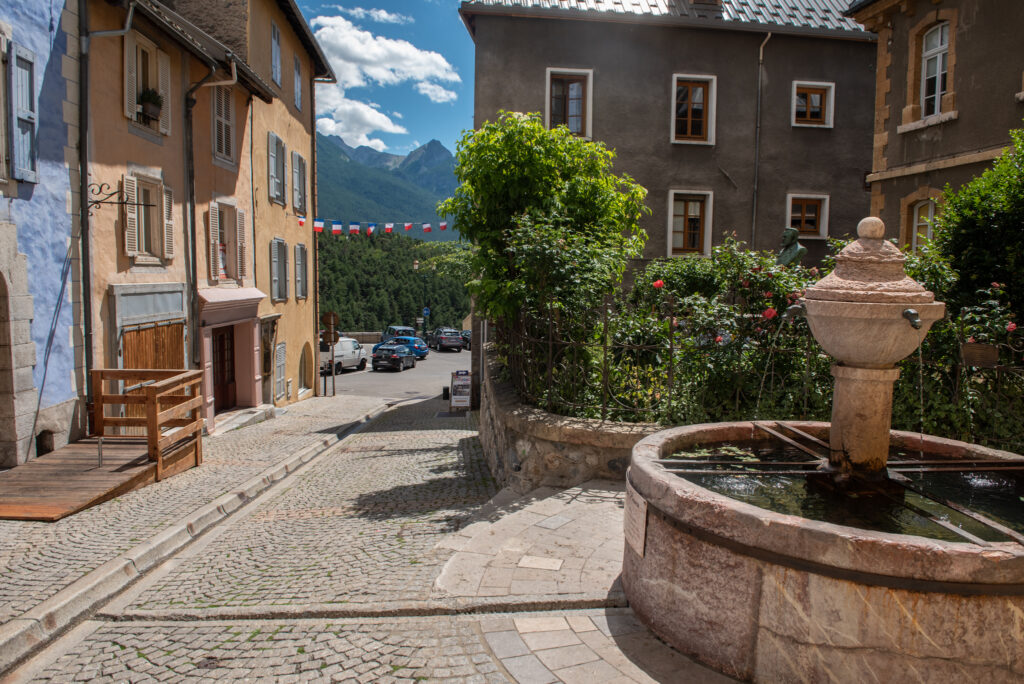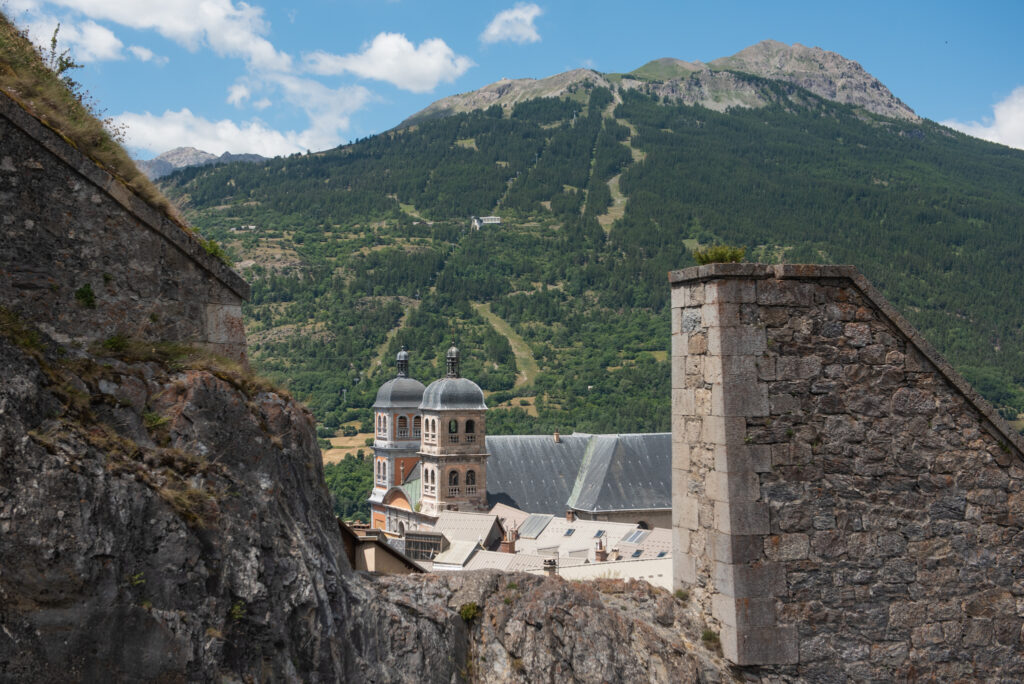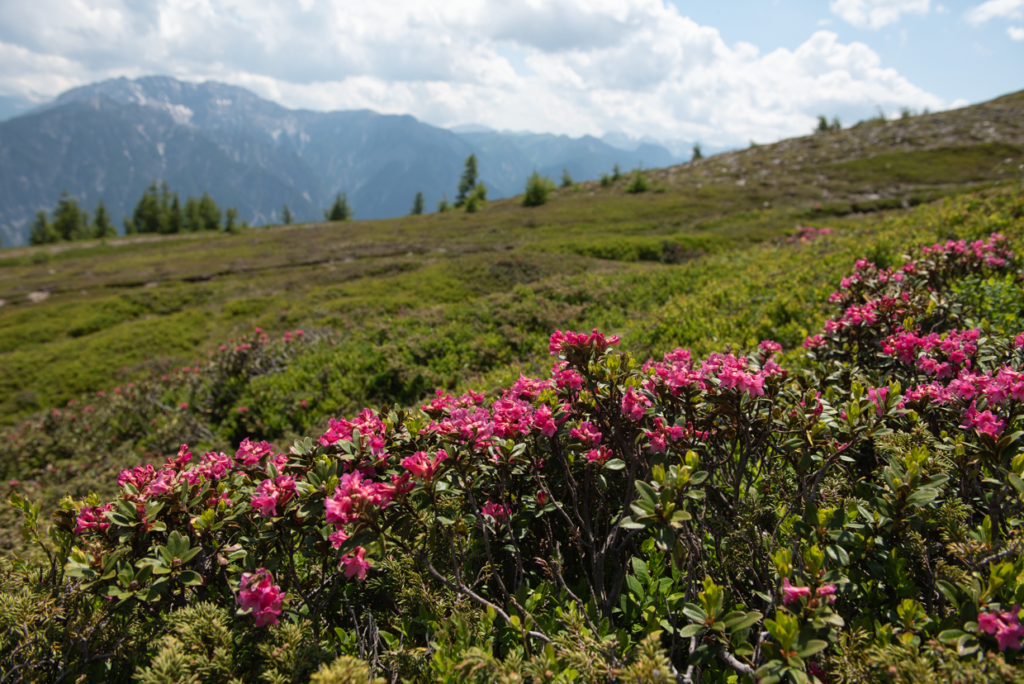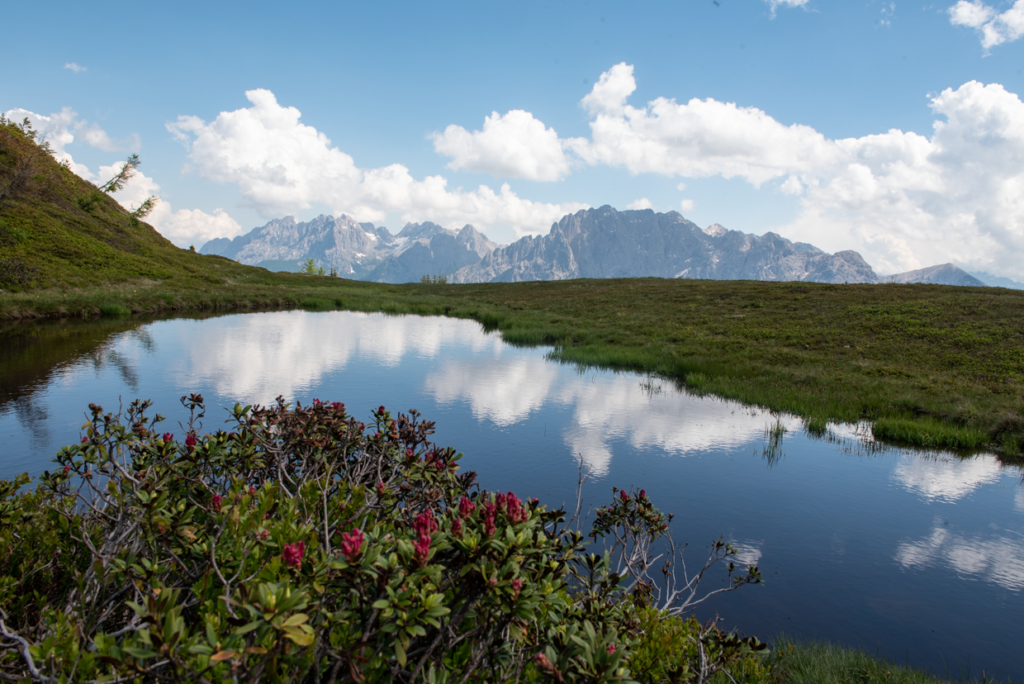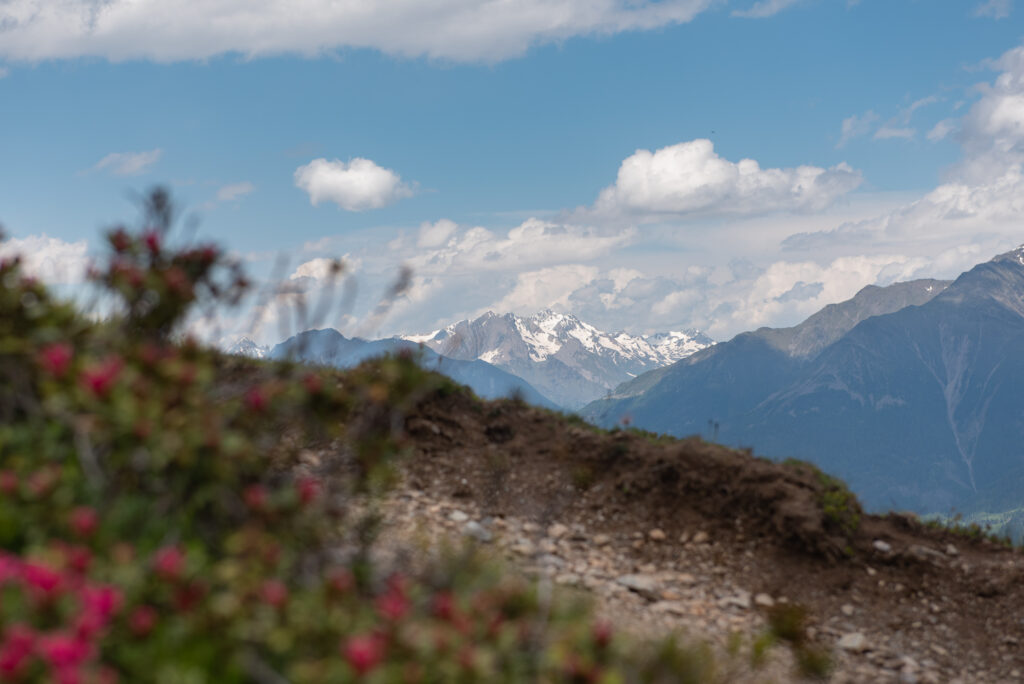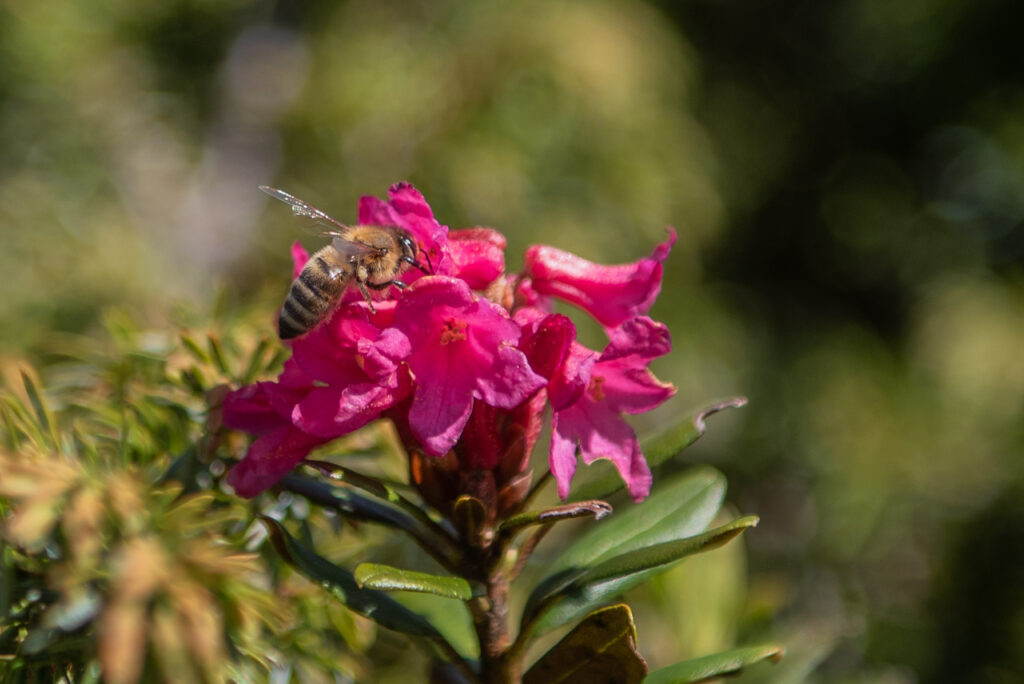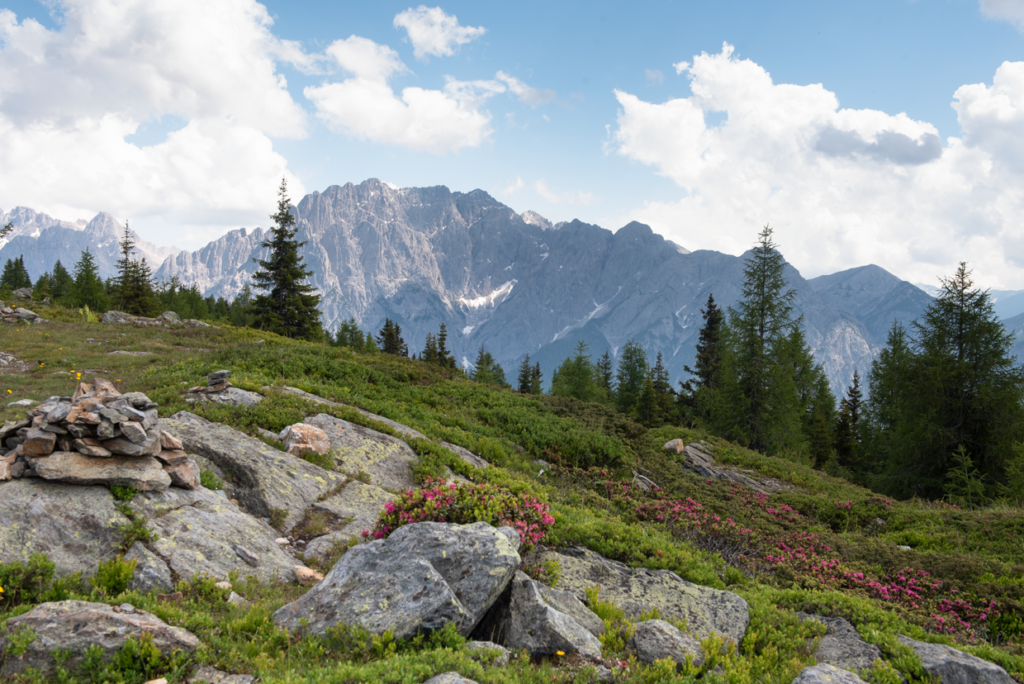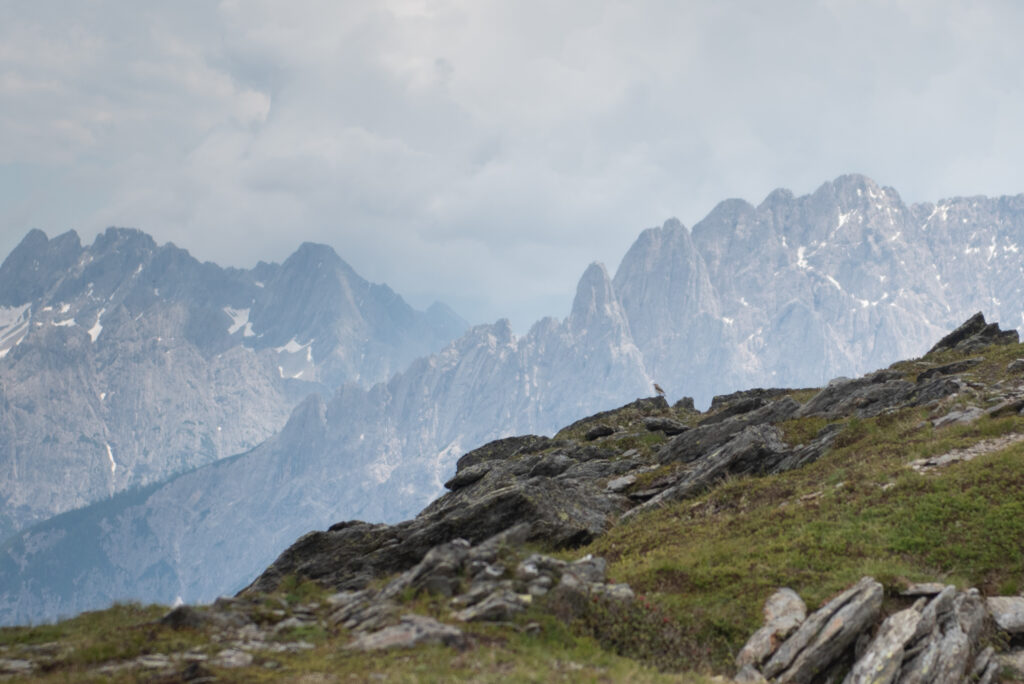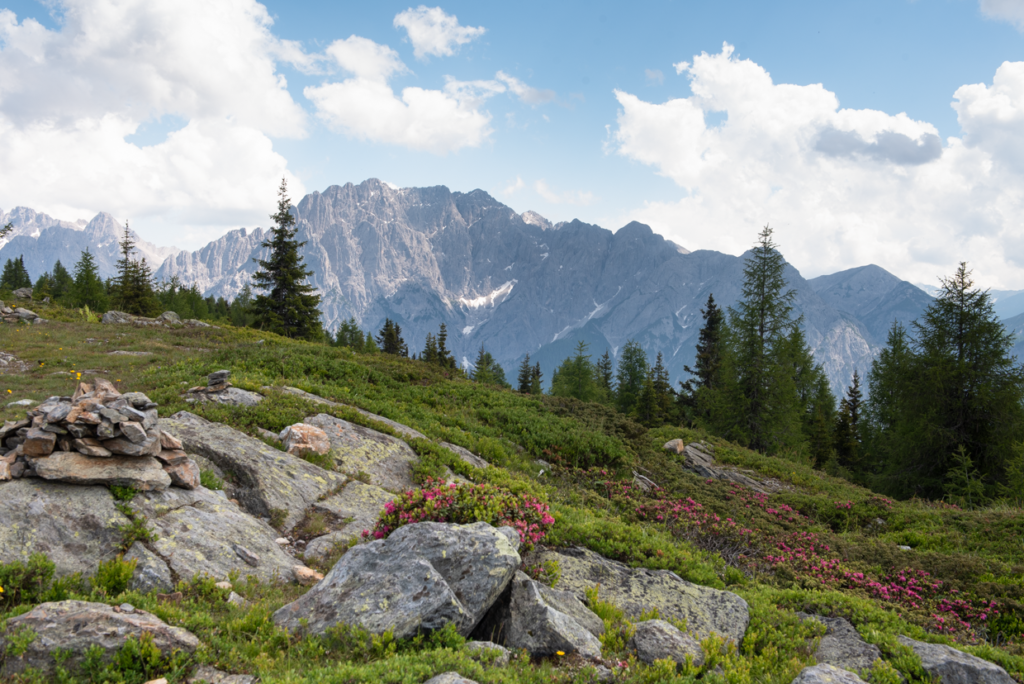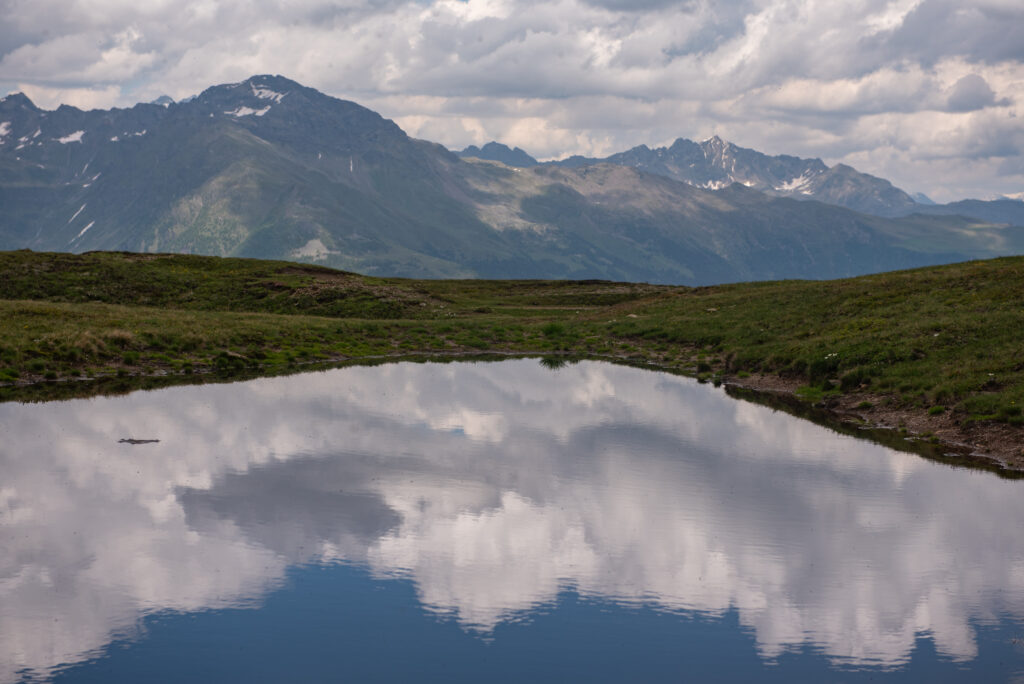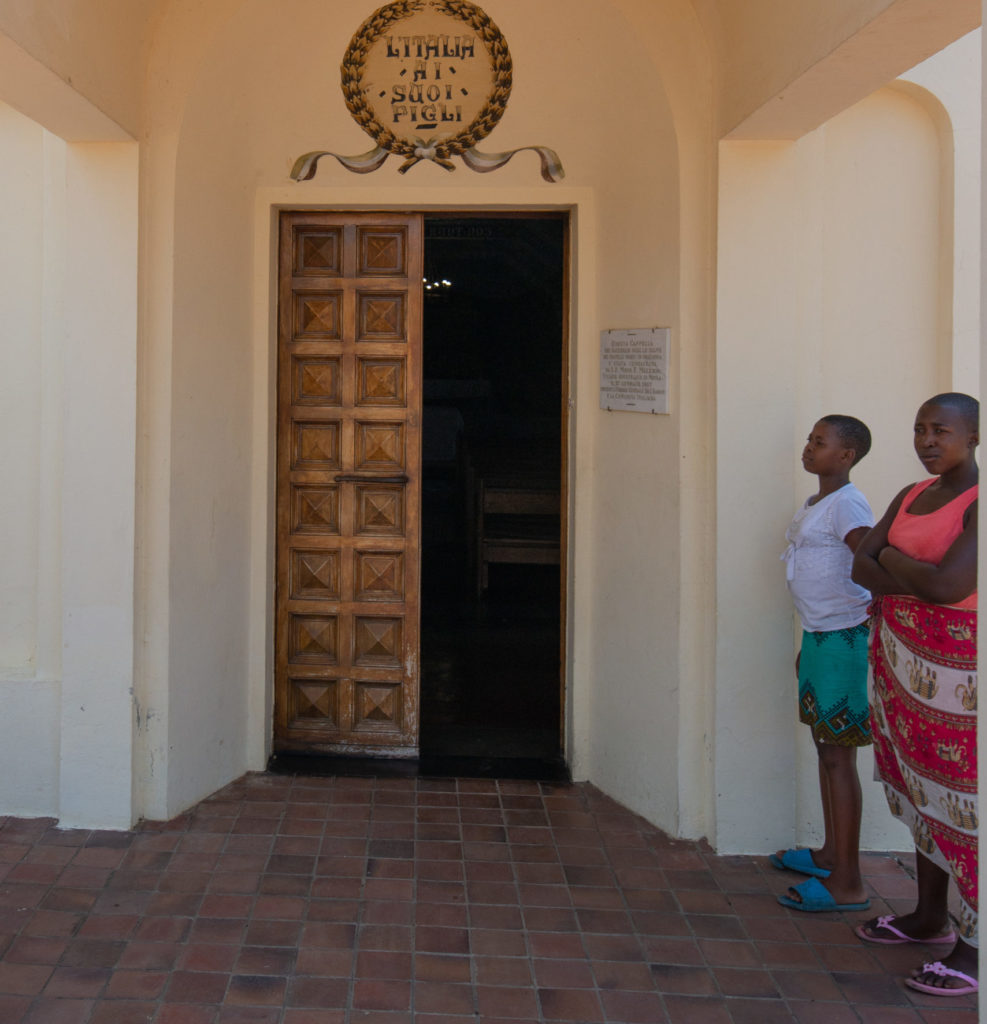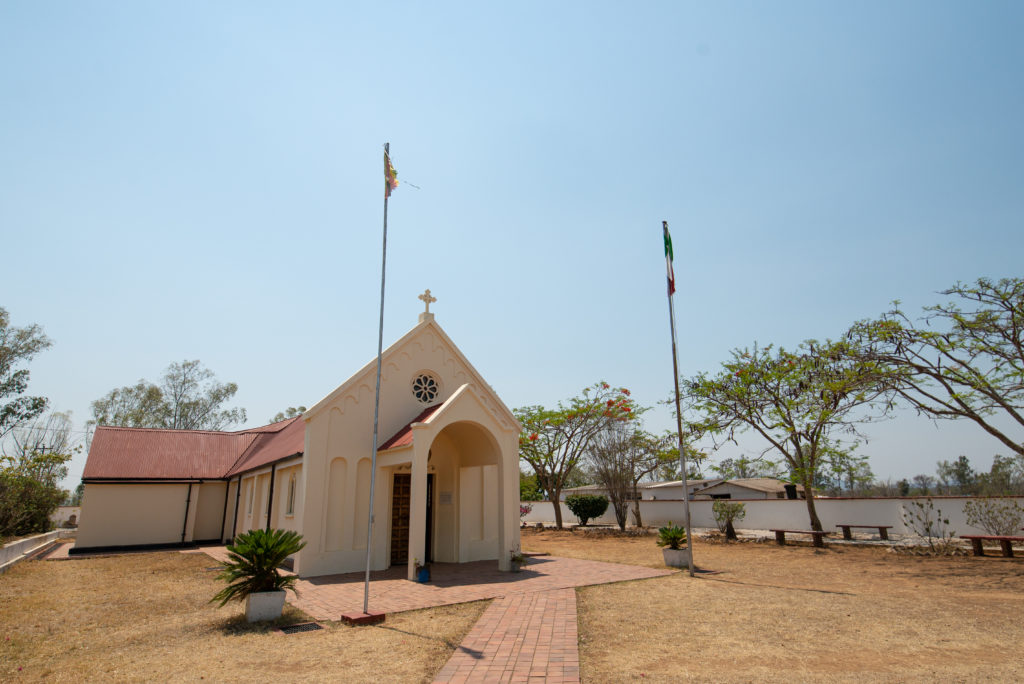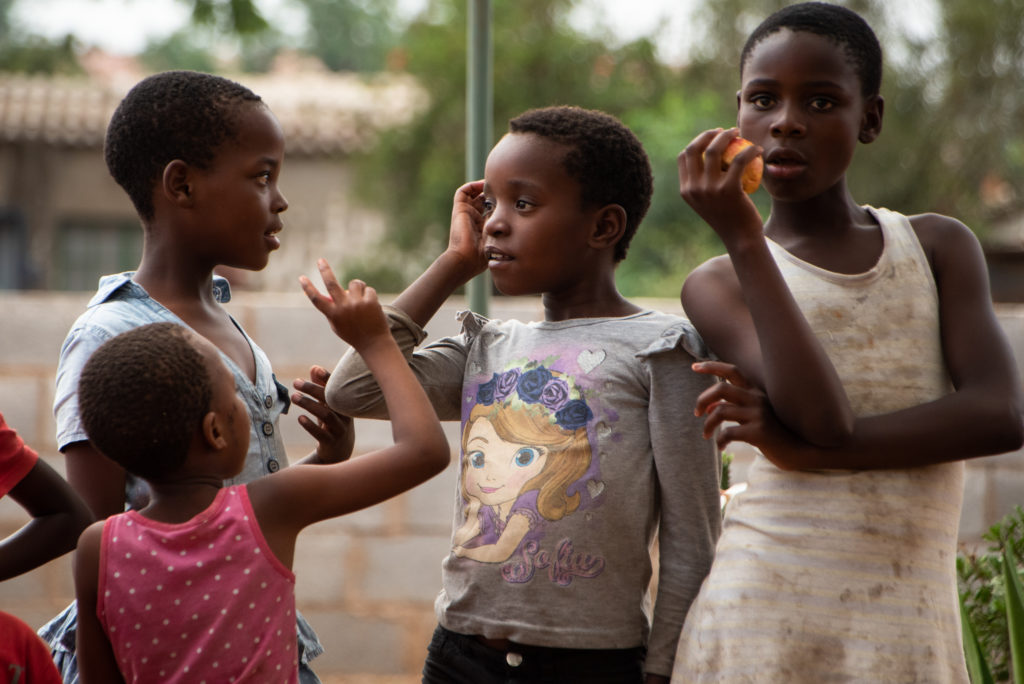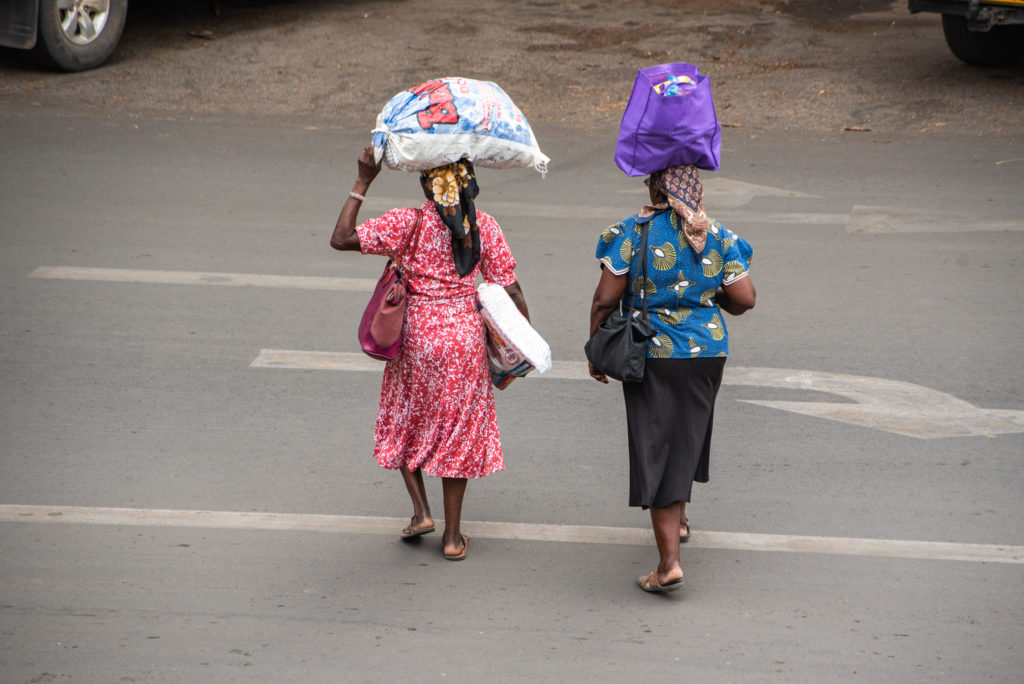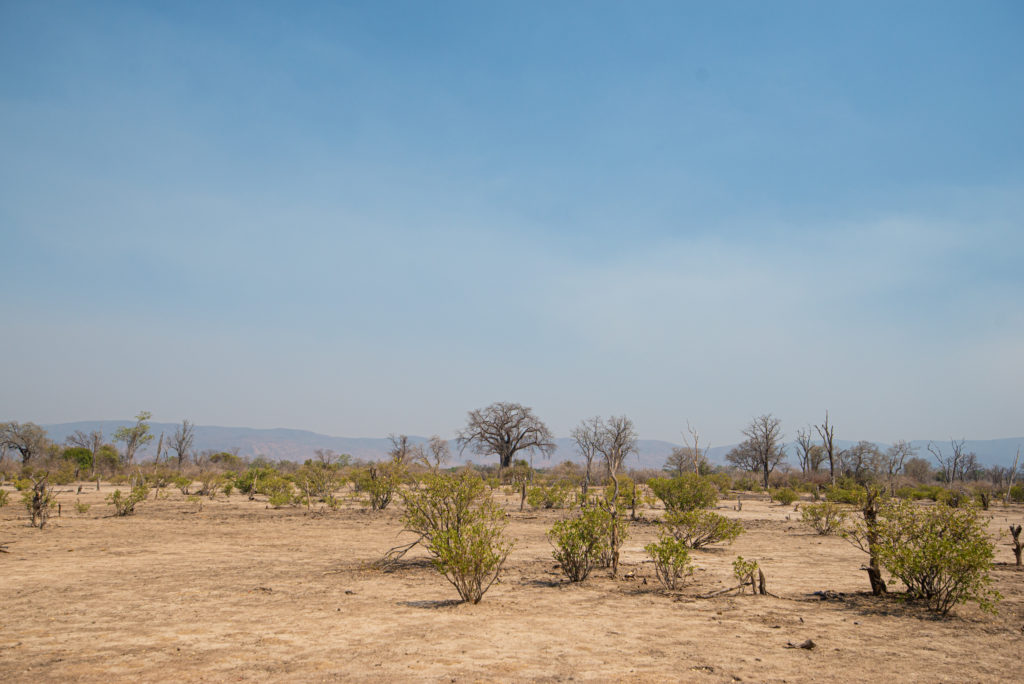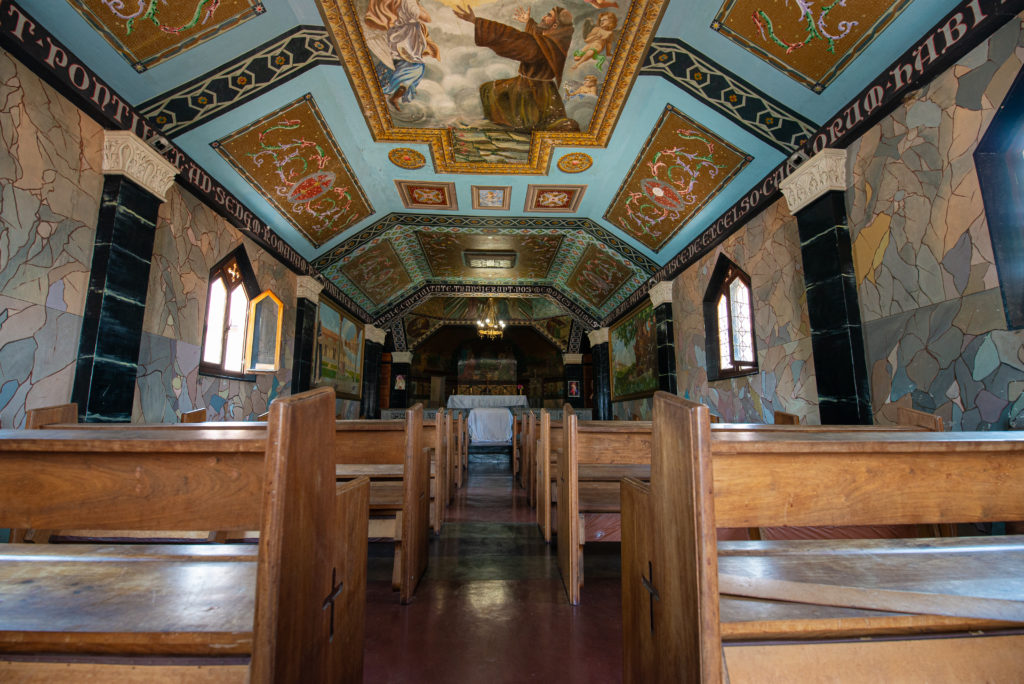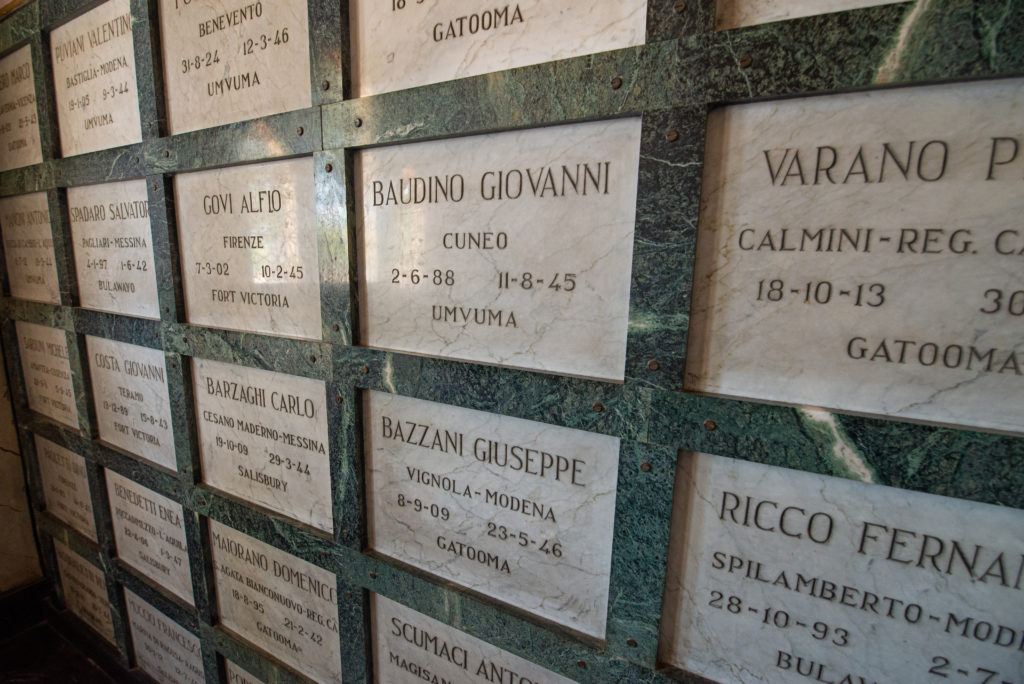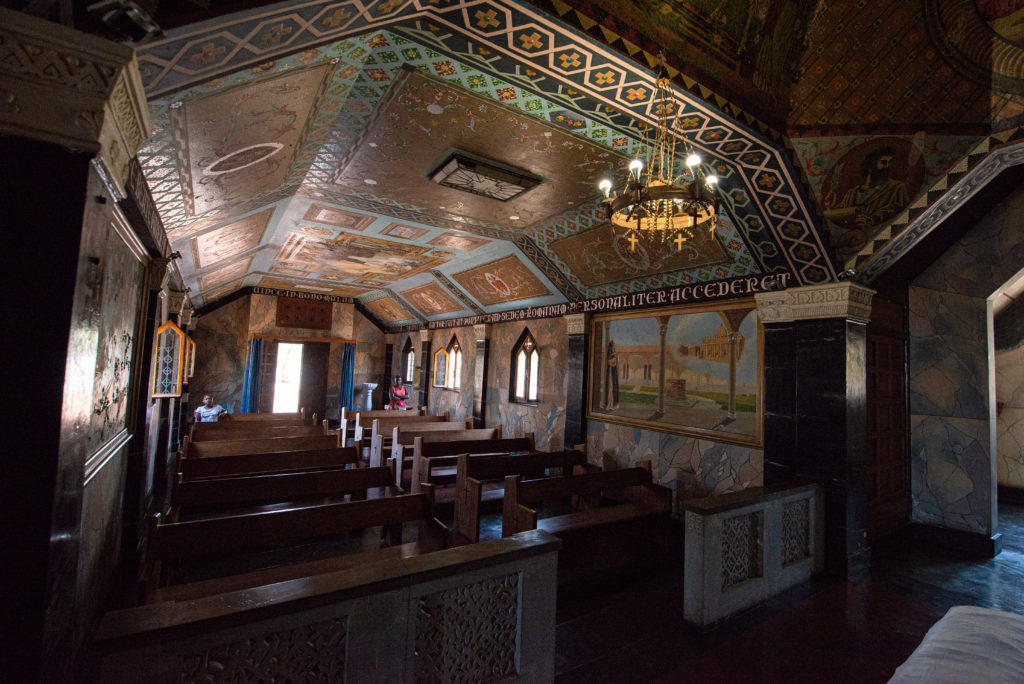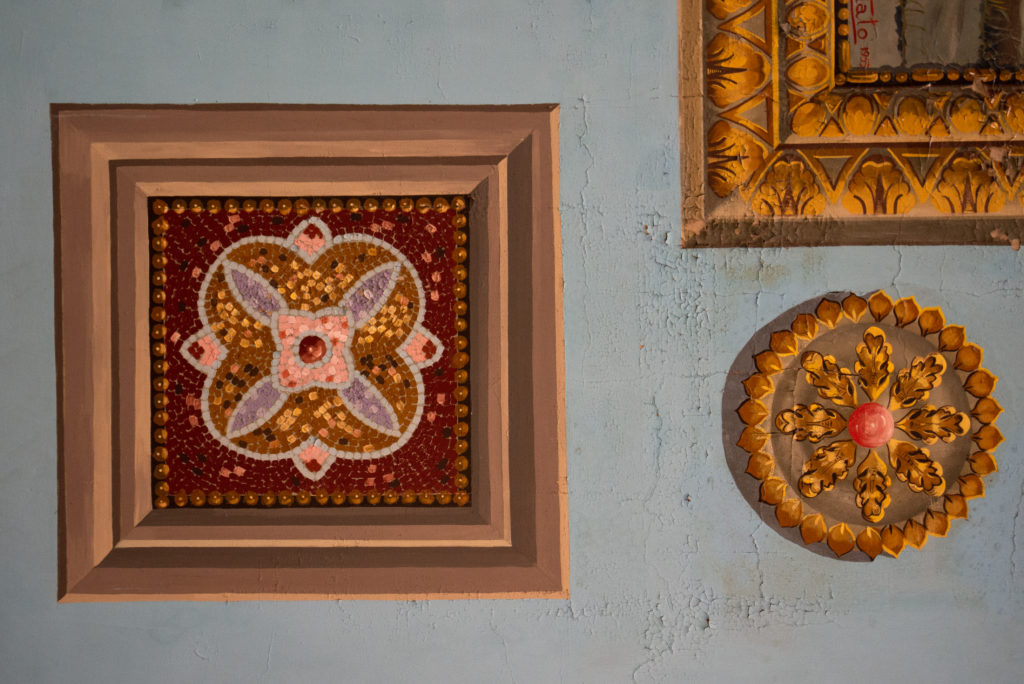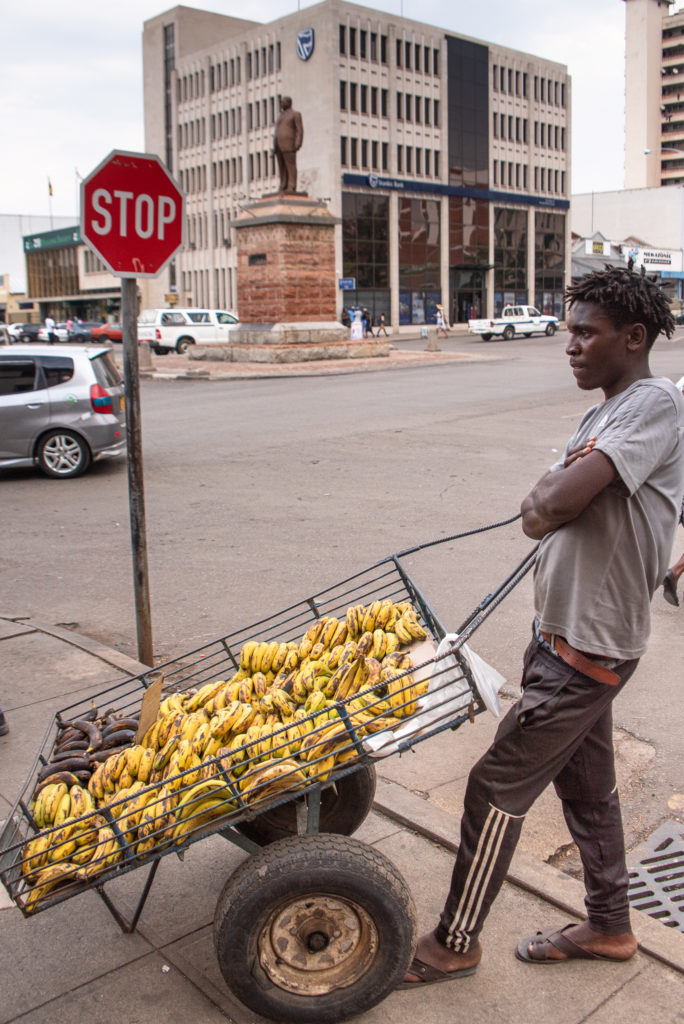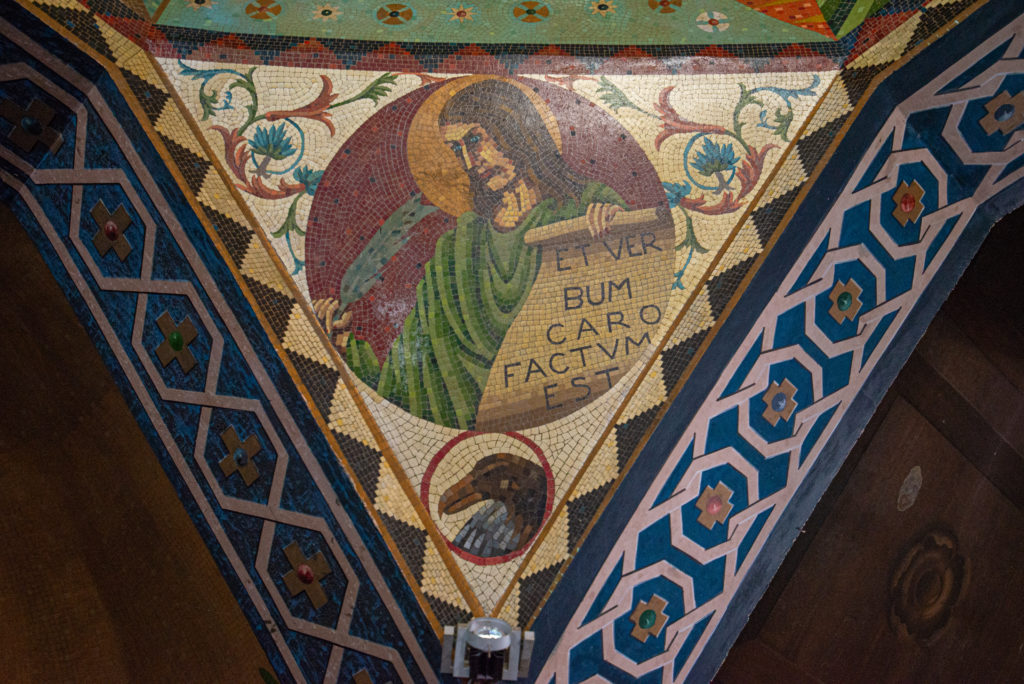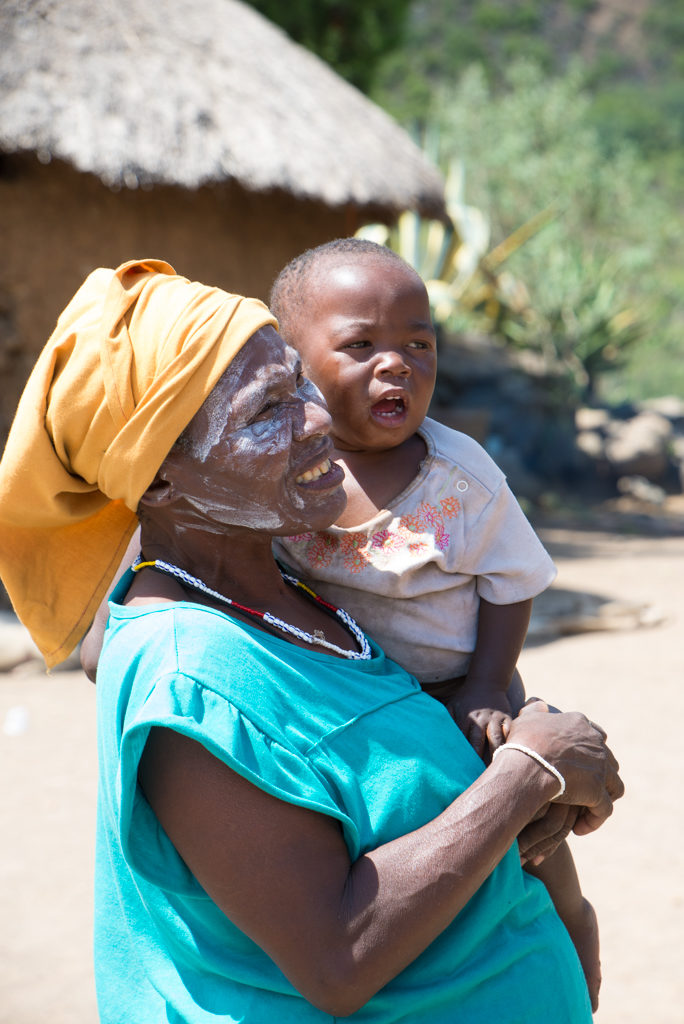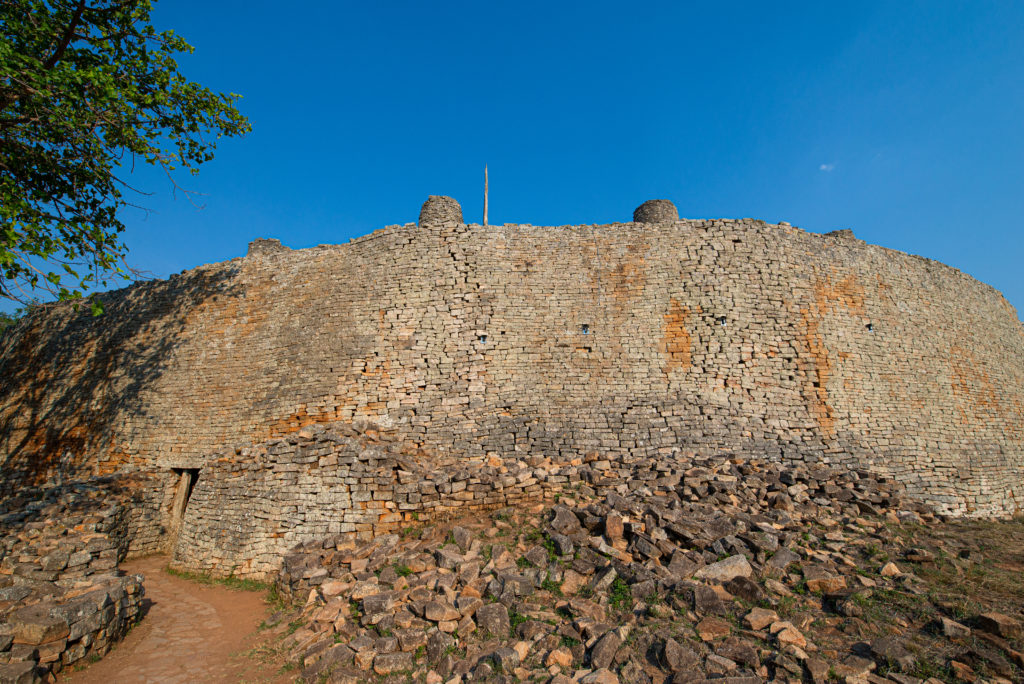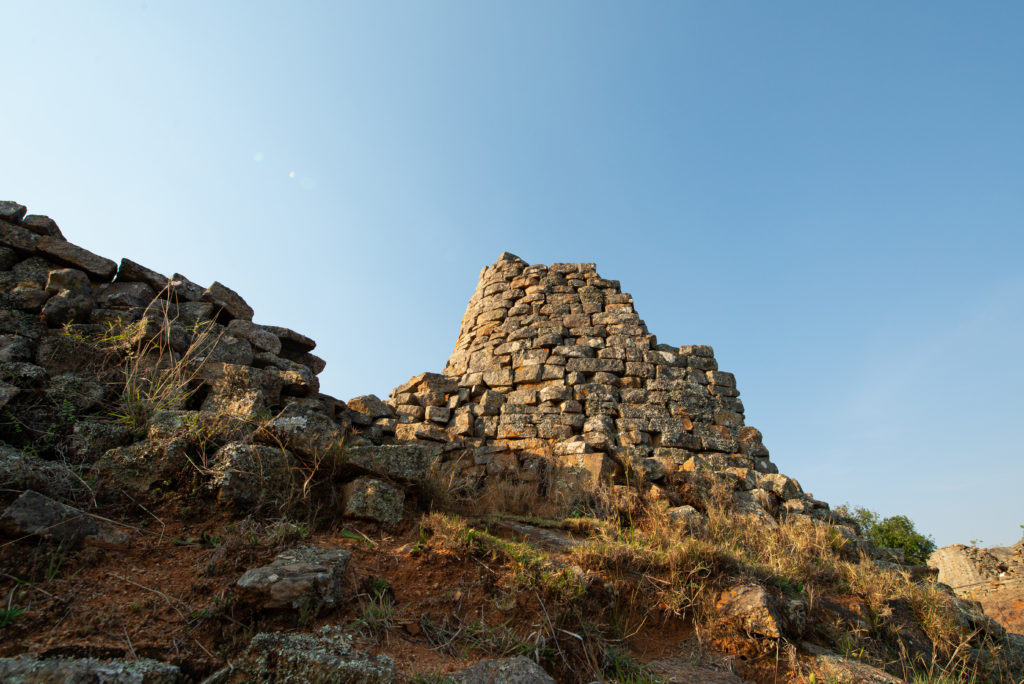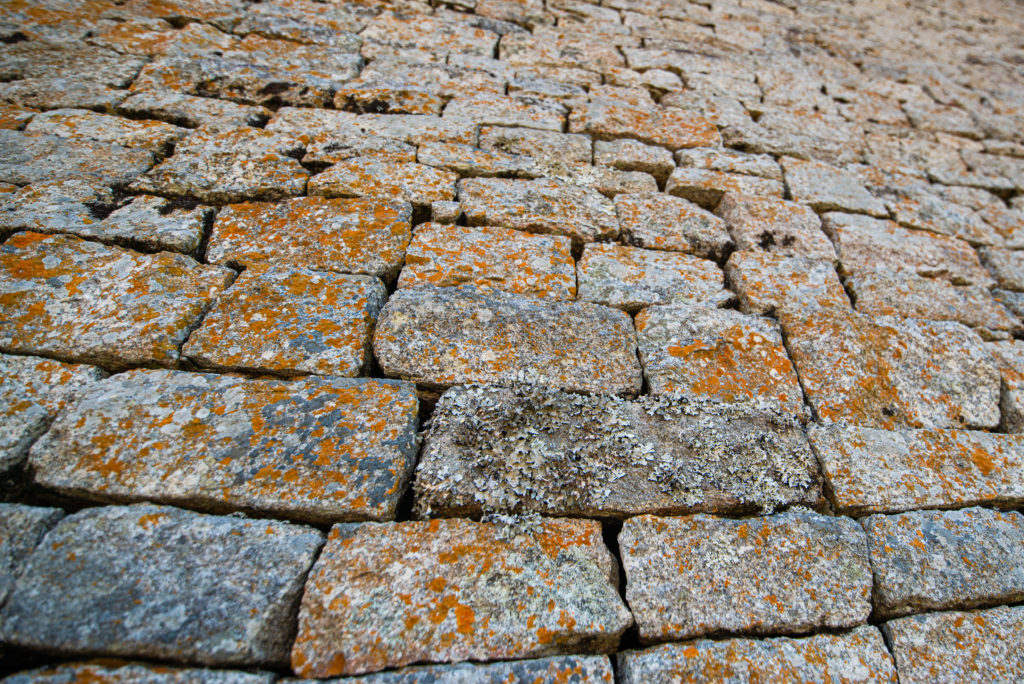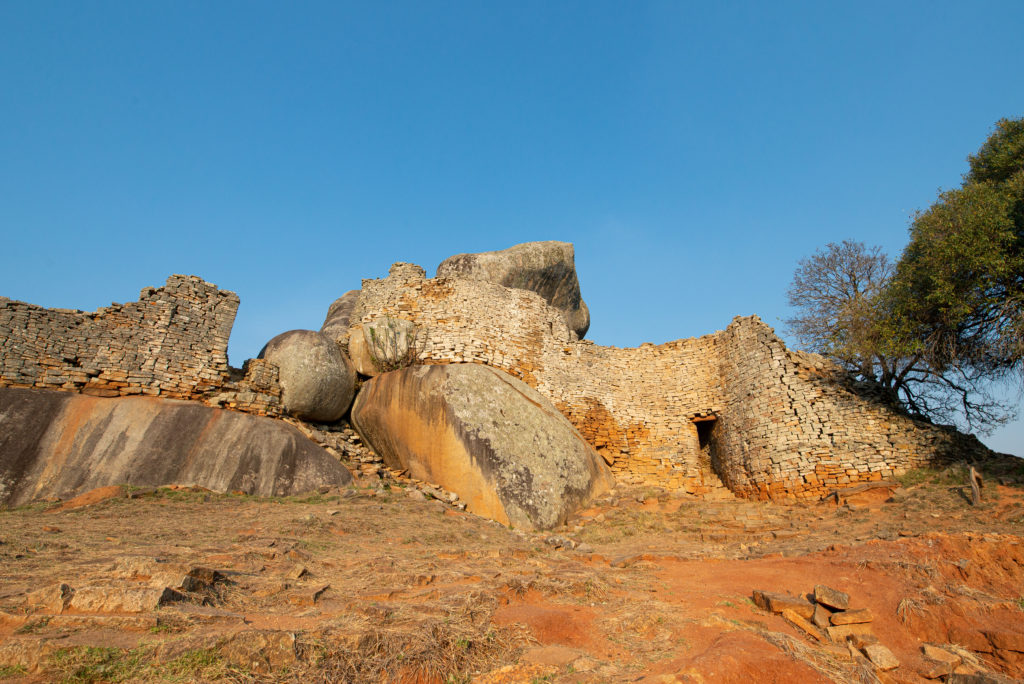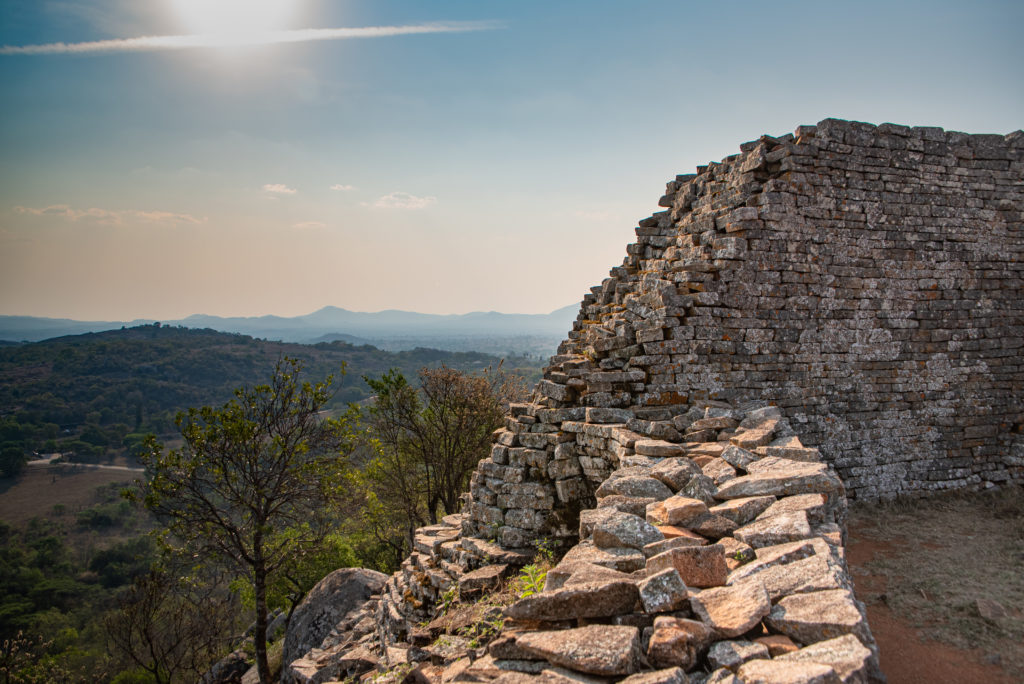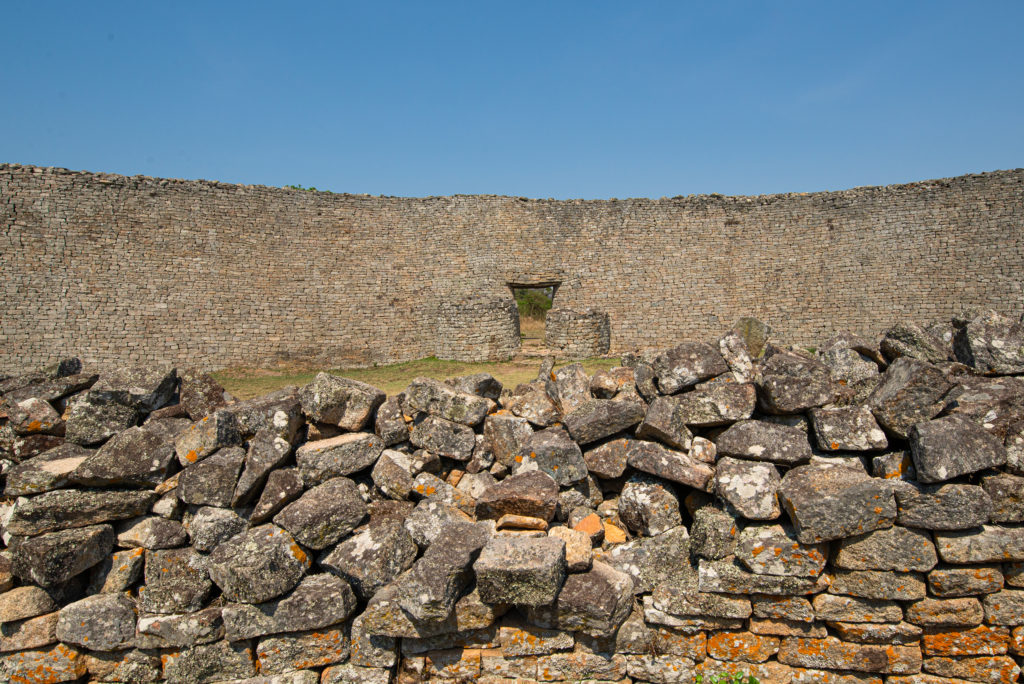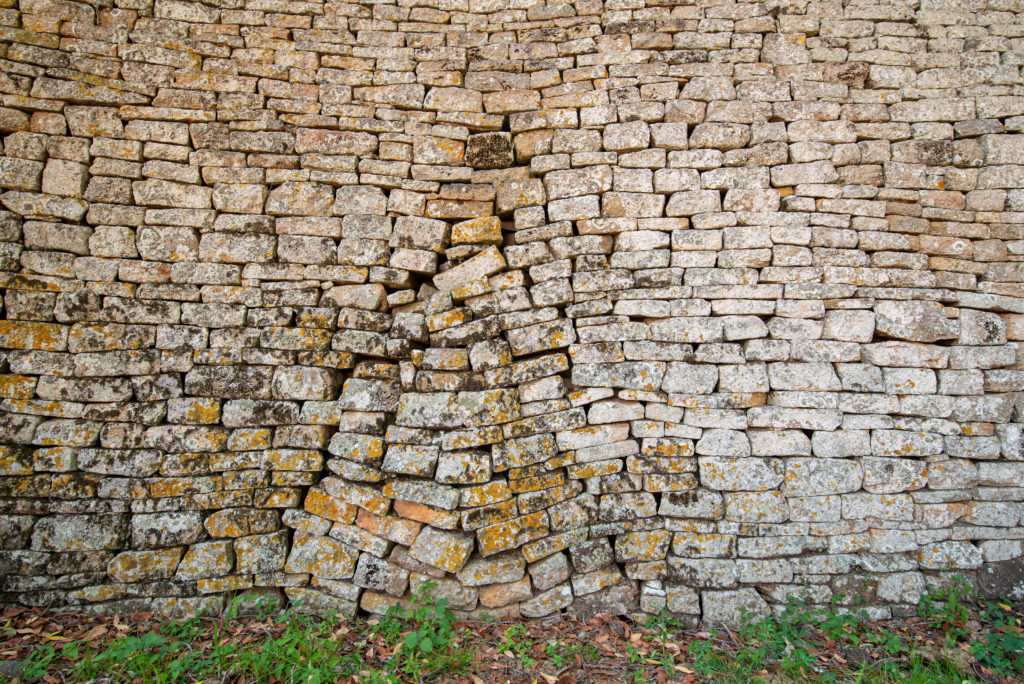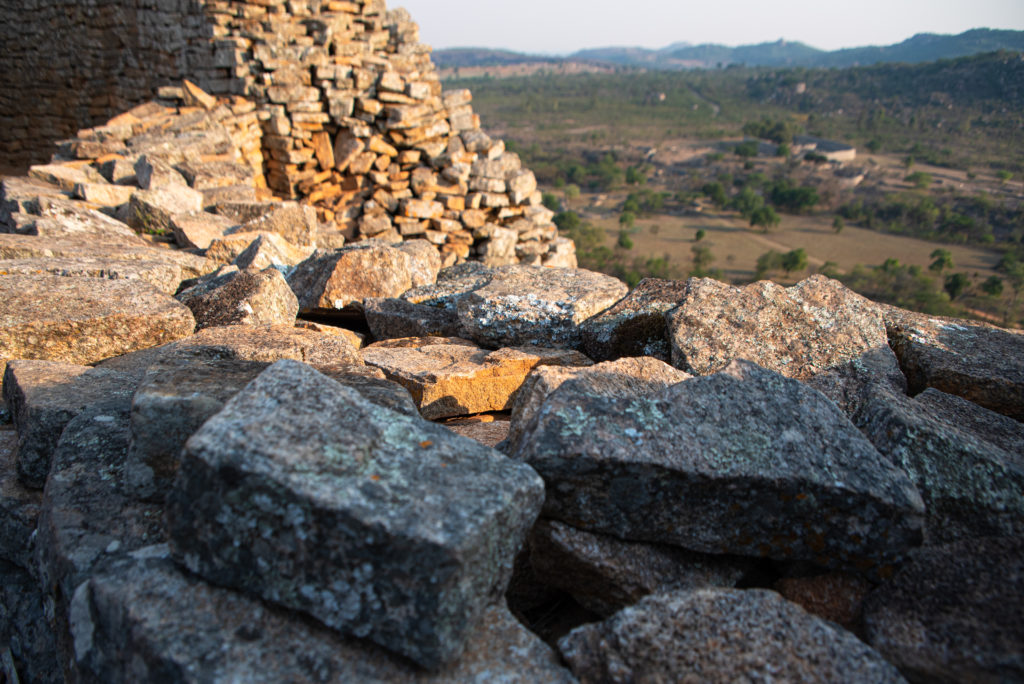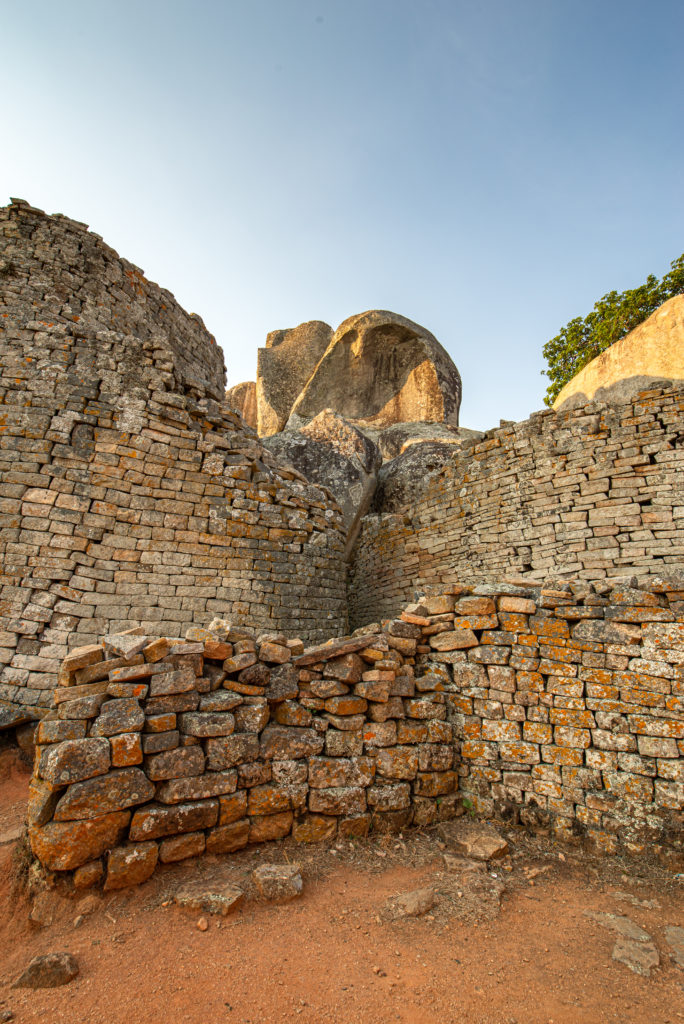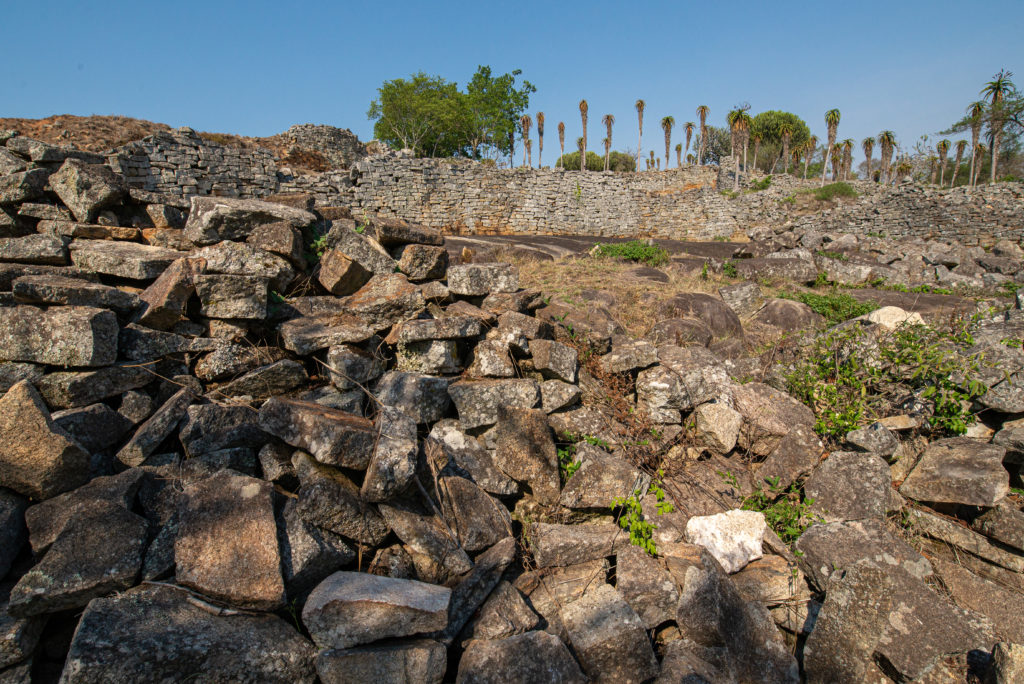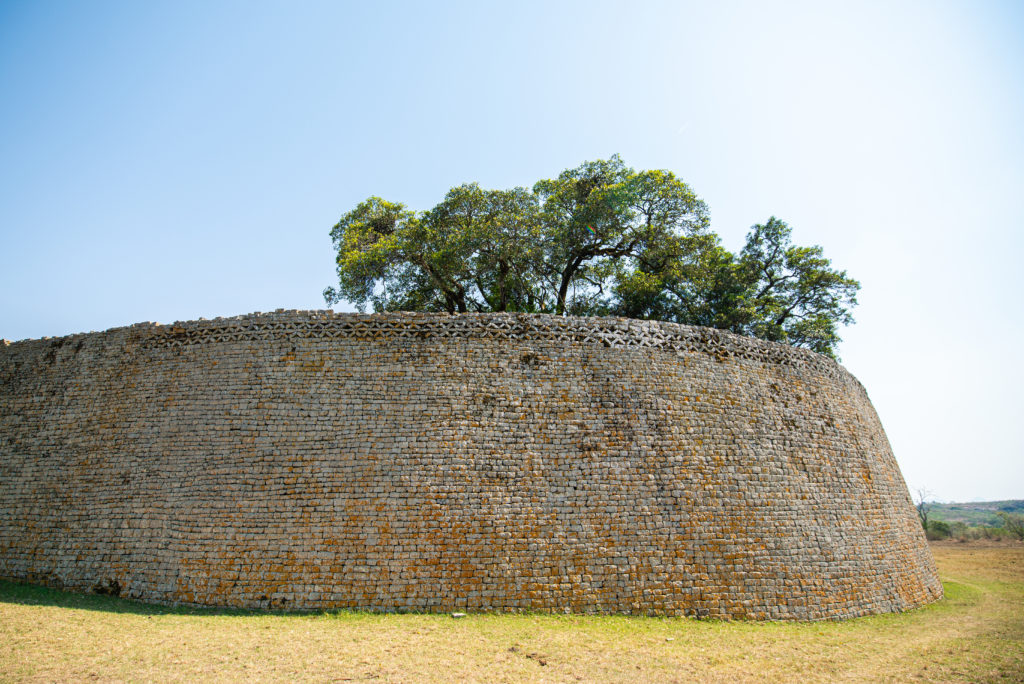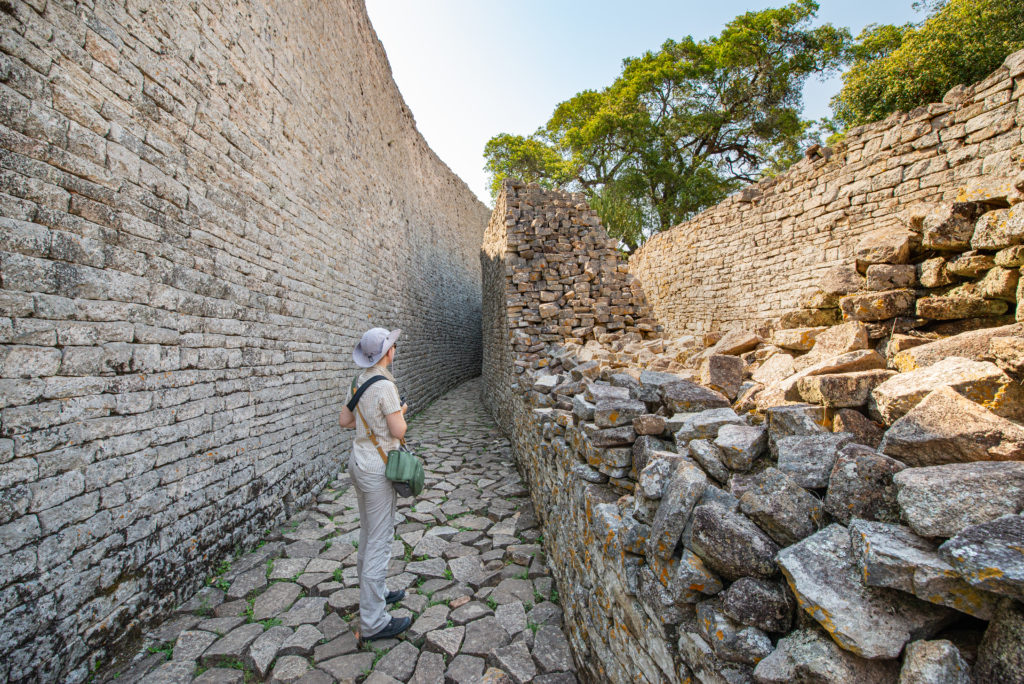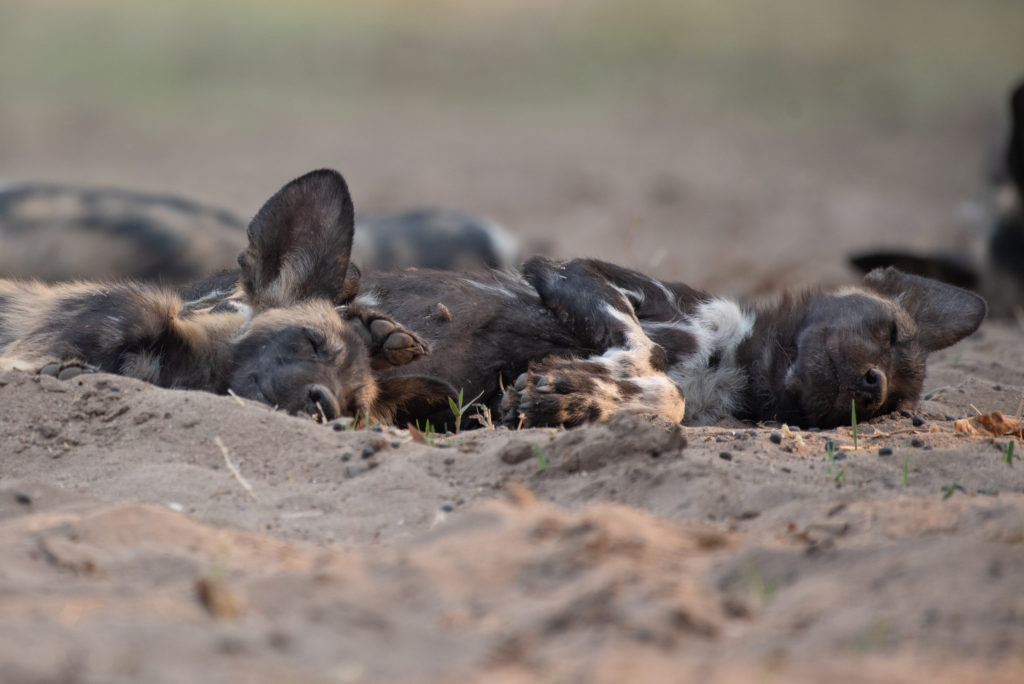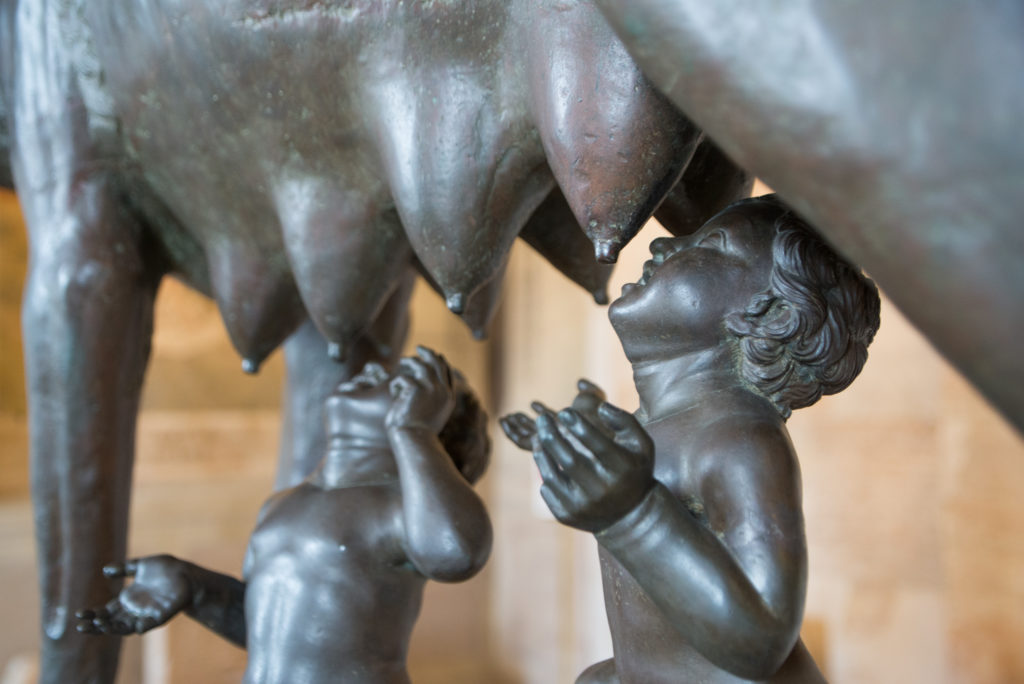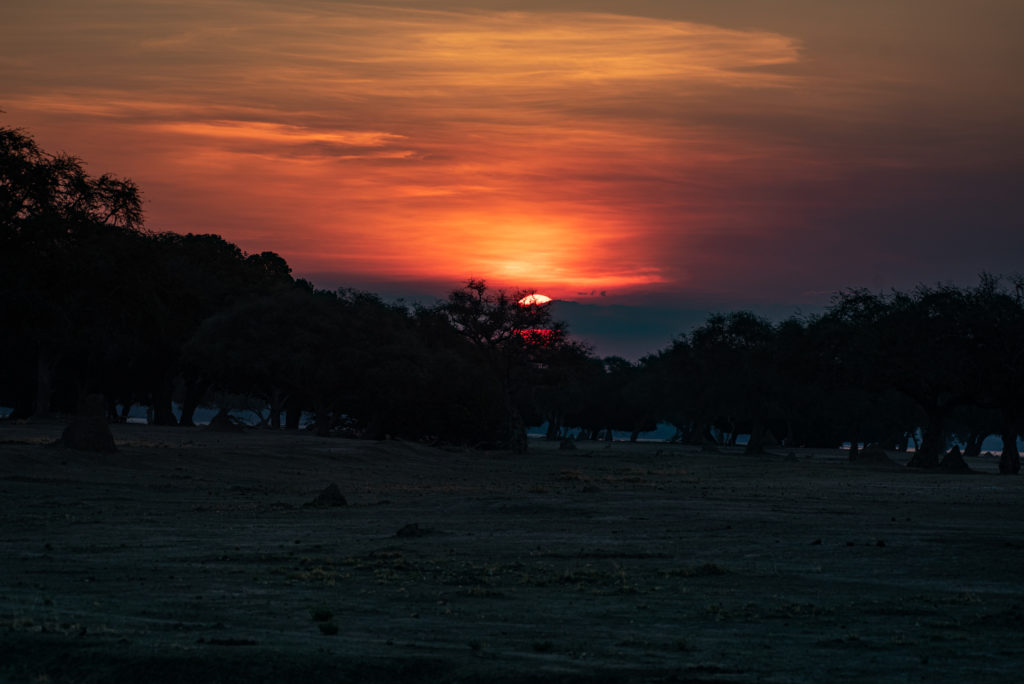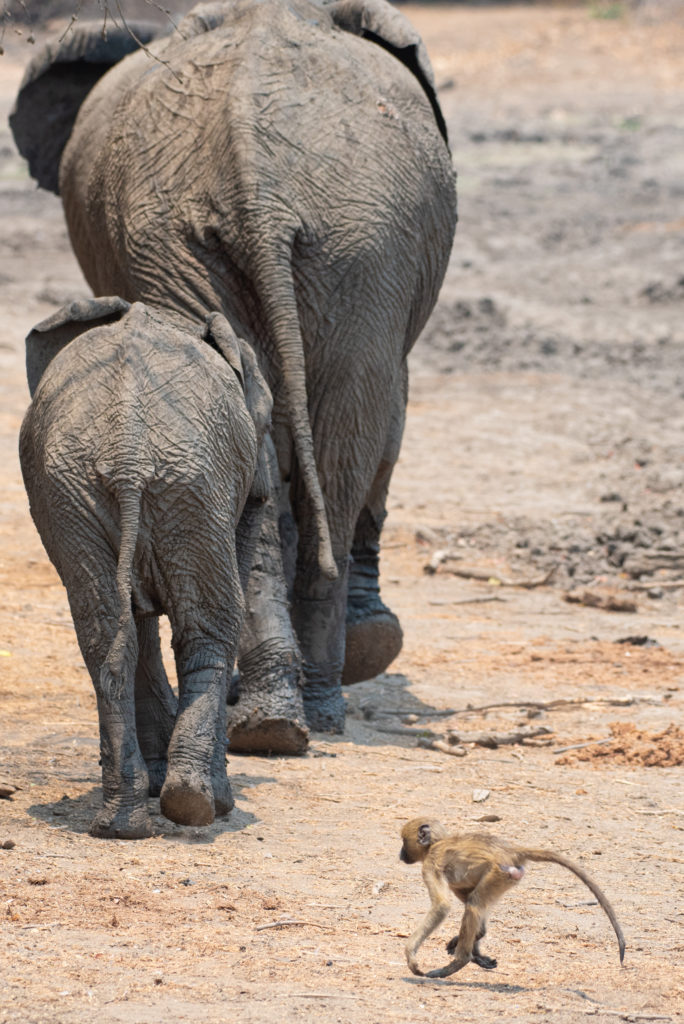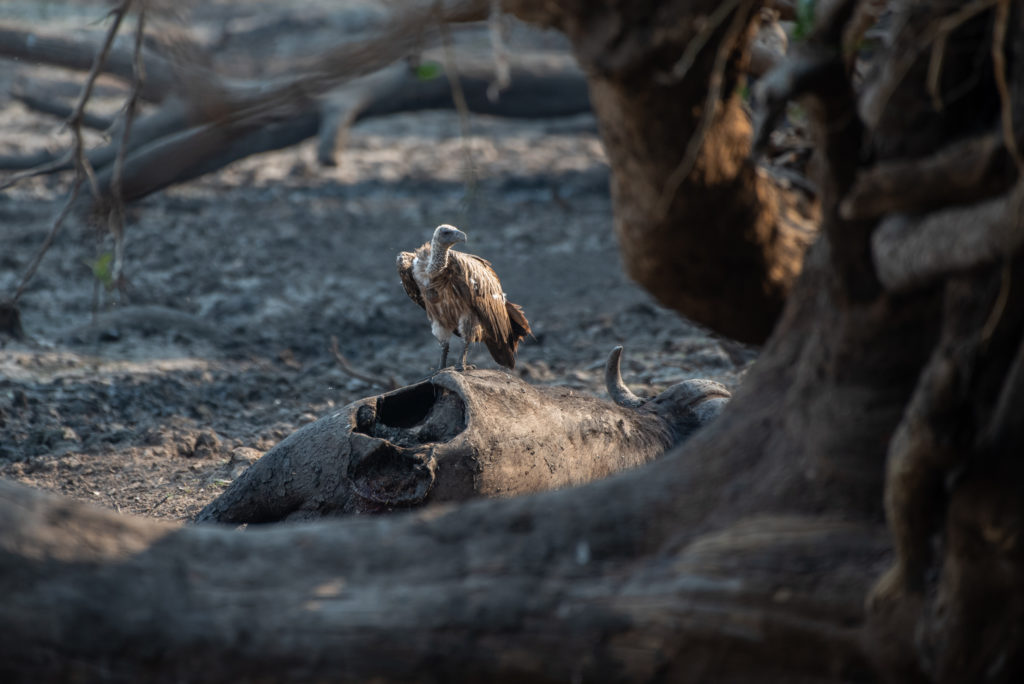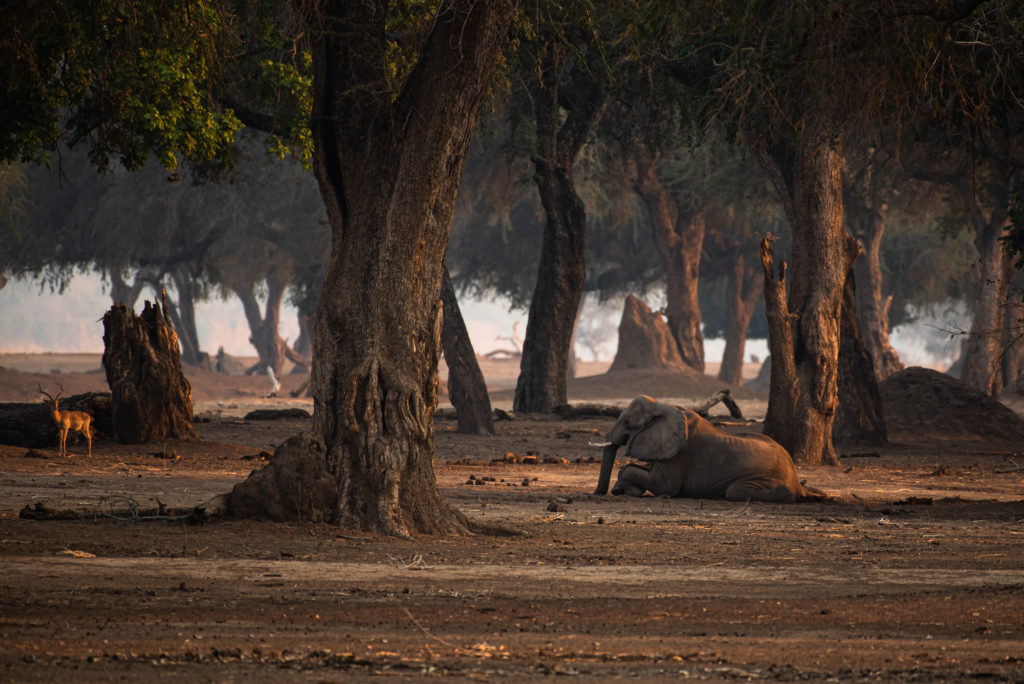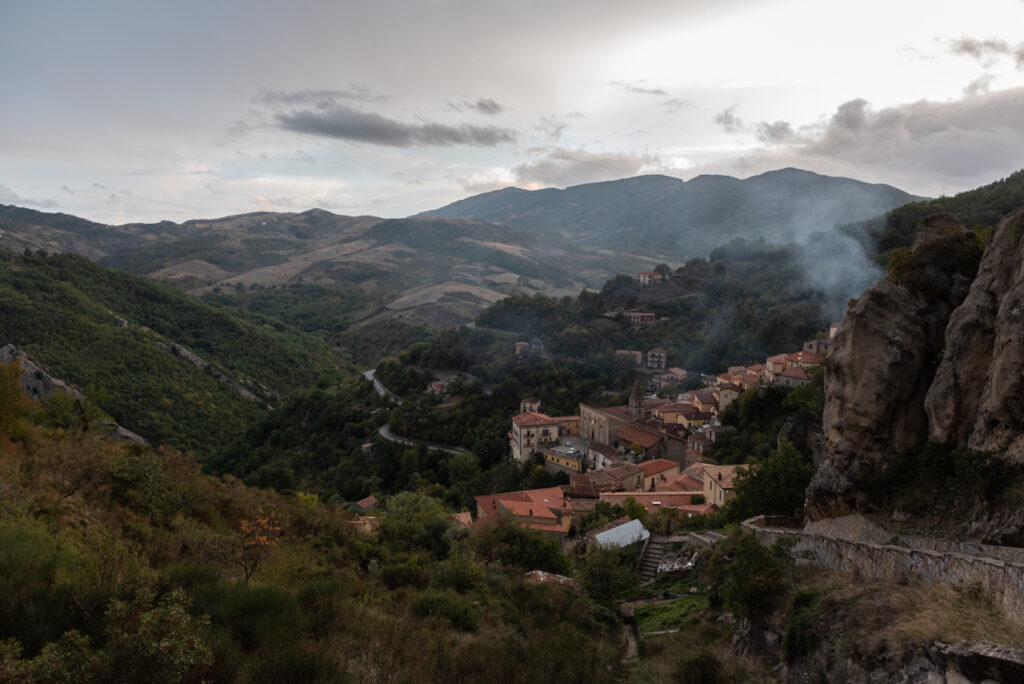
“There should be a history of this Italy, a history outside the framework of time, confining that which is changeless and eternal, in other words, a mythology. This Italy has gone its way in darkness and silence, like the earth, a sequence of recurrent seasons and misadventures. Every outside influence has broken over it like a wave, without leaving a trace.”
In 1935, the anti-fascist activist Carlo Levi was arrested by the Mussolini administration in his hometown Turin in Northern Italy and exiled to Lucania, today’s Basilicata -region, the instep of the Italian boot. He spent a year in the two villages Grassano and Aliano among the poverty stricken peasants. After the war, he published his memories in his book, “Christ stopped in Eboli”, which turned into an immediate best seller – and led to social reforms.
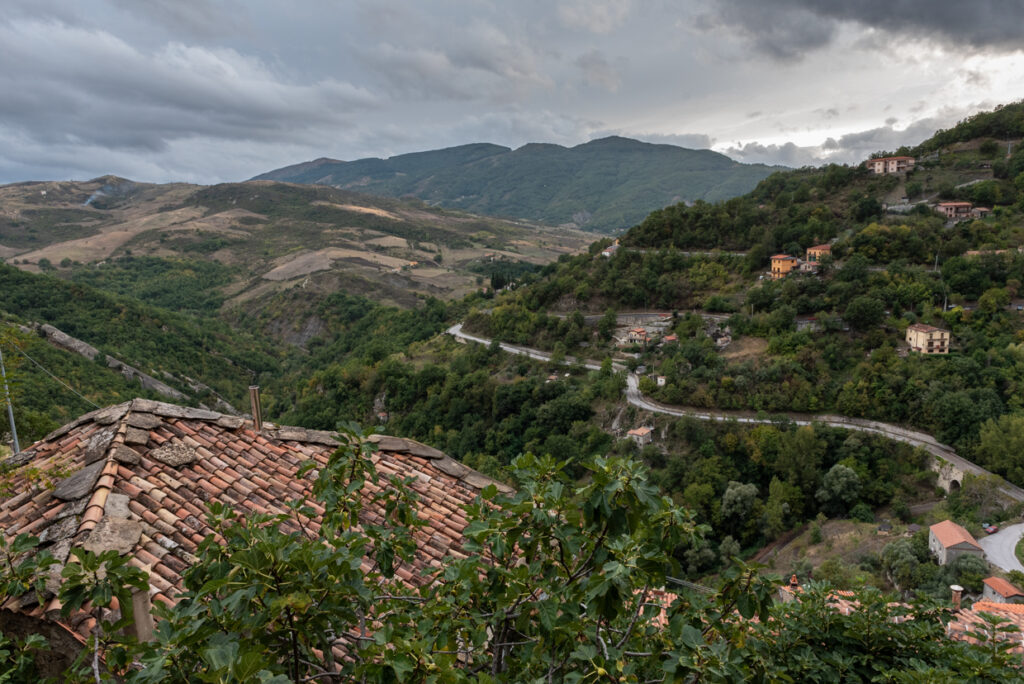
Lucania was an impoverished province deep in the South, far from Rome. A barren landscape jagged with ravines and steep gorges, dented by barren peaks, freezing in winter and suffocating in summer, when Malaria was buzzing in the air. A hostile place, so outlandish, it was barely part of Italy, barely part of Europe, and, as Levi was to find out, barely part of this world.
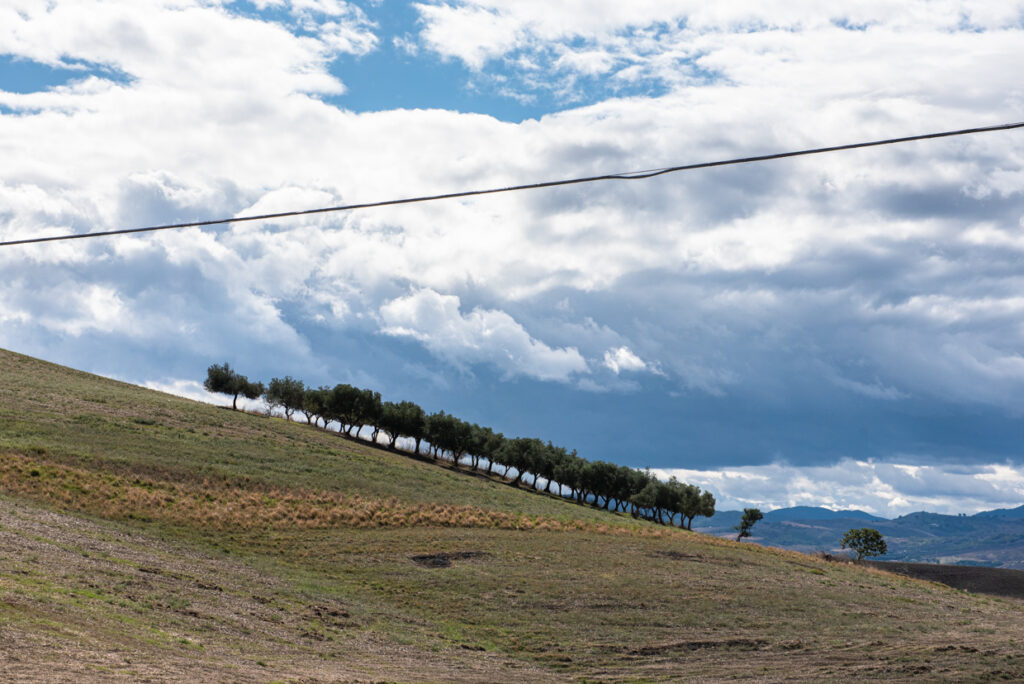
The vast land lies confined under a heavy, billowing sky. Nature is not an all-embracing source of life here, but a grim, heart-breaking beauty, a moody goddess that demands sacrifice and worship. Packs of wolves and wild boars patrol the valleys, claim their territory in moonlit nights. The villages sit on the hill tops, dwarfed by the immensity of the landscape. Little stone houses huddled together, leaning into the mountain, to hide from the winds: the burning Scirocco that brings the Sahara heat, and the cold storms from the North, that bring the rains. But rains don’t fall in Lucania. They pour down in violent torrents. Until the end of the last century, landslides regularly took with them whatever was in their way – trees, the peasants’ humble stone huts, the little country churches – and left swamps that housed the dreaded mosquitoes.
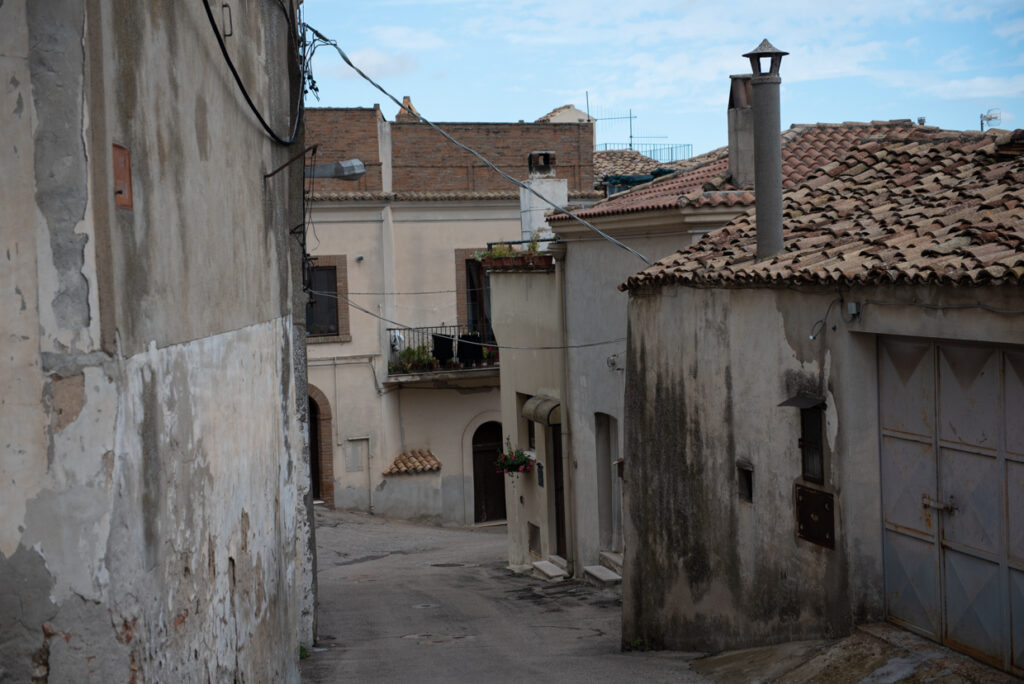
Levi, then 33 years old, a doctor by training and painter by vocation, was appalled by the living conditions of the peasants. Paralysed by malnutrition, malaria, and various other consuming diseases, they stoically lived on a meagre diet of dark bread with the occasional crushed tomato or a thin slice of sausage. The soil didn’t yield much. The land is fit for olive trees, not wheat, as the peasants were to cultivate, and the goats, the peasants’ only source of revenue, were heavily taxed by the Mussolini regime. Most farmers couldn’t afford their goats anymore and had to kill them. Whether as small-scale farmers or working the fields of the rich landowners in a quasi-feudal system, the peasants barely managed to feed their children. Their life was a struggle, but a struggle they were willing to keep up, for centuries, or rather: since time began.
I was struck by the peasants’ build: they are short and swarthy with round heads, large eyes, and thin lips. Their archaic faces do not stem from the Romans, Greeks, Etruscans, Normans, or any of the other invaders who have passed through their land, but recall the most ancient Italic types. They have led exactly the same life since the beginning of time, and history has swept over them without effect.
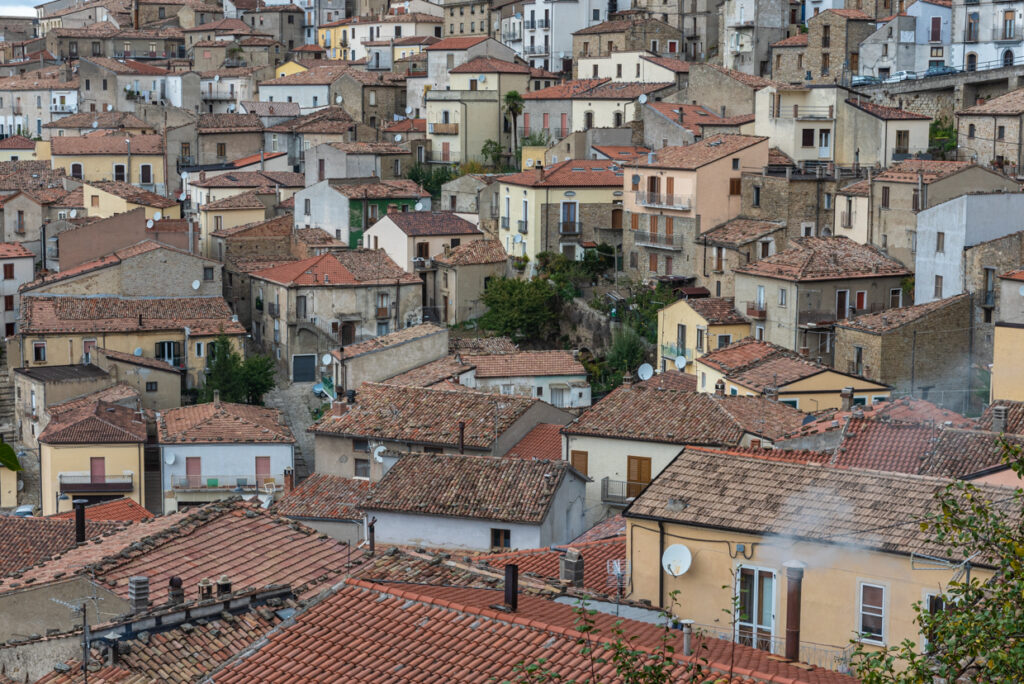
The Lucanians had been living here since 500 BC, working their fields, which they rarely owned. Foreign powers passed through the land on their conquering sprees, the Langobards, the Byzantines, the Saracens, the Swabians, for whom Lucania was only of strategic importance. After the Italian unification in 1961, landownership passed, not to the peasants, but to local aristocracy, or Northern investors, or international companies. But no one ever settled here. They all stayed in their far away palaces in the big cities, and the peasants were left on their own.
Lucanians themselves dreamed of a promised land. Lucania was their homeland, but they wished for another place where they could leave all their hunger and misery behind. They dreamed of America.
When Levi arrived, more men had emigrated to New York than remained in the villages. But many would return after a few years and pick up their previous peasants’ life right where they had left it. Lucanians were, quite literally, inseparable from their land.
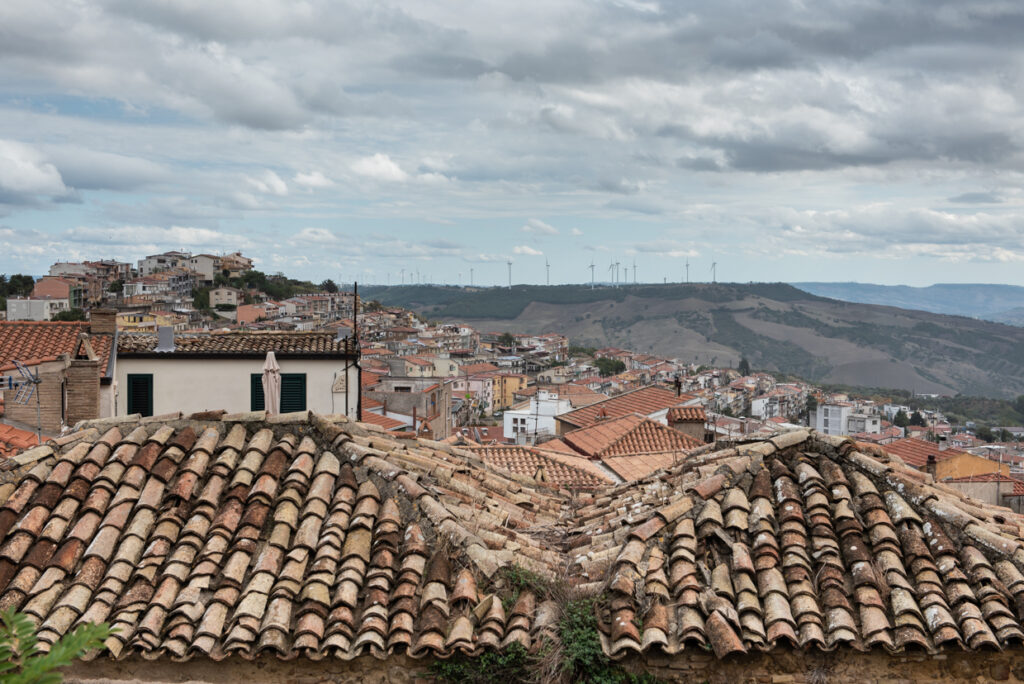
Their footprints mark the ancient paths, crossing clearest mountain springs, of which every gurgle transports the voice of the ancestors, a song that sweetens the memories. Hidden in the shadowy shrubs the paths climb uphill to where rusty windmills chew time. Here dreams are made of dust and innocence, and days are uncertain, provisional, and turn to ash in the cry of thunderstorms, in the hurling of landslides, in the growling of earthquakes. Here, where the imaginary is engraved in the sandstone, only the rough fingers of the peasants can decipher what the furious winds have written, her children, in the darkness of Earth.
This is the beginning of Vito Ballava con le Streghe, (Vito danced with the witches), a traditional tale of Lucania. (translated by wanderwarbler from Mimmo Sammartino’s book). It beautifully explains how the peasants’ self-awareness, their identification is entangled, or dependant on their land. Each being is inseparable from the nature that surrounds them: like a leaf to a tree, the peasant belongs to Lucania, like a falcon to the sky. There is no boundary between the world of humans, animals, and spirits. Everything is ensouled. Everything is – not symbolically, but actually – divine.
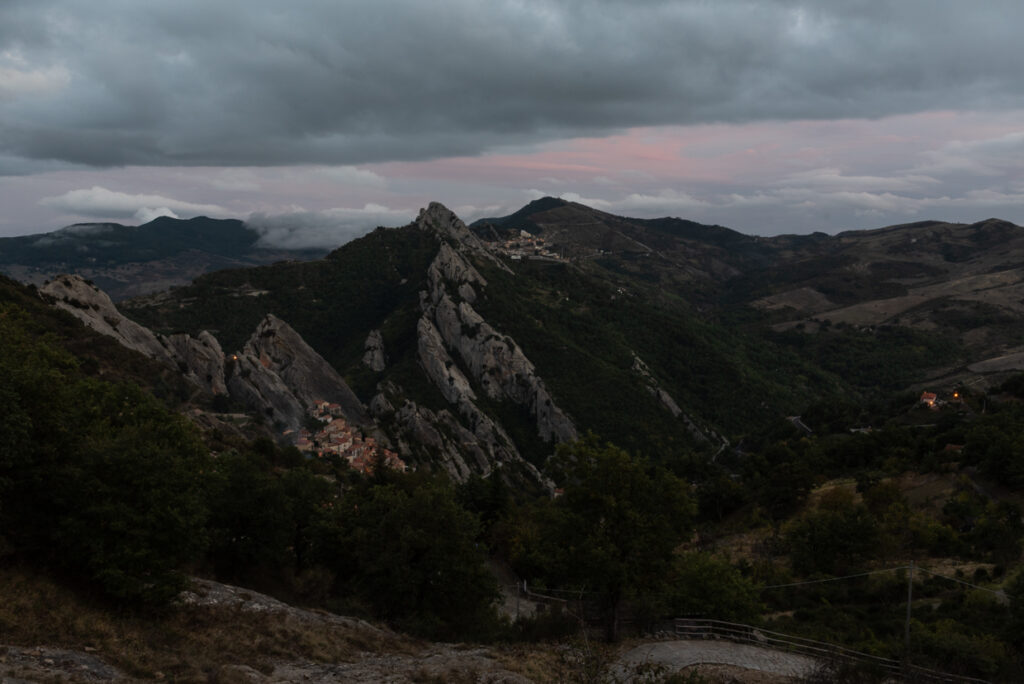
Like a drop of water in the steady flowing river, the peasant was not individual, but part of a community – a community of peasants, villagers, humans, living beings, of the material world, or the spiritual world. Where everything is connected, acts upon each other, the lines are blurred – between dream and awakening, between yesterday and tomorrow is blurred. Or like Carlo Levi expressed it: They live submerged in a world that rolls independent of their will, where man is in no way separate from his sun, his beast, his malaria, where there can be neither happiness, as literary devotees of the land can conceive it, nor hope, because these two are adjuncts of personality and here there is only grim passivity of a sorrowful Nature.
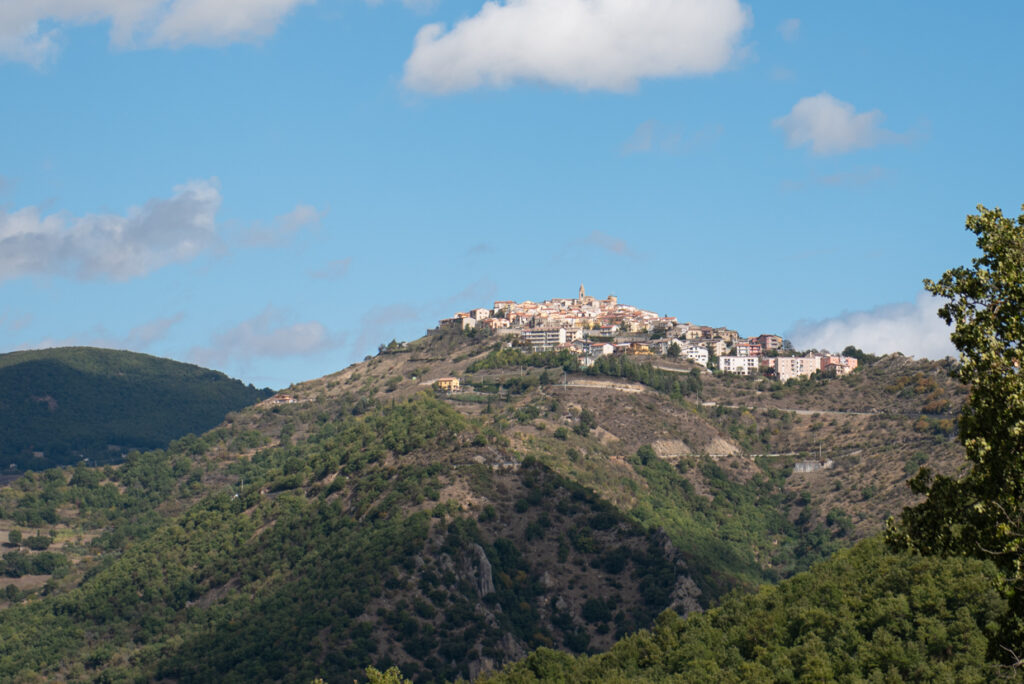
Because of this pagan view of the world, Levi called his book: Christ stopped at Eboli. Eboli is the last train station before entering Lucania from the North. Jesus Christ, so the peasants say, never came to Lucania. They meant that in their misery they were forgotten even by God. But it also meant that despite the village chapels scattered all over the land, and numerous catholic festivities, the teachings of the Catholic church had never entered their minds. The peasants didn’t believe in free will, and pursuit of happiness, or some personal holiness. They believed in the eternal rule of an ever repeating cycle of nature, where everything is determined before.
Destiny is already written in stone for everyone, so the peasants say.
Stoically, the Lucanians accepted their fate, a fate that is not compassionate or partisan, nor merciful. A fate needed to be faced in patience and silence.
Of what use are words? None. What can you do? Nothing.
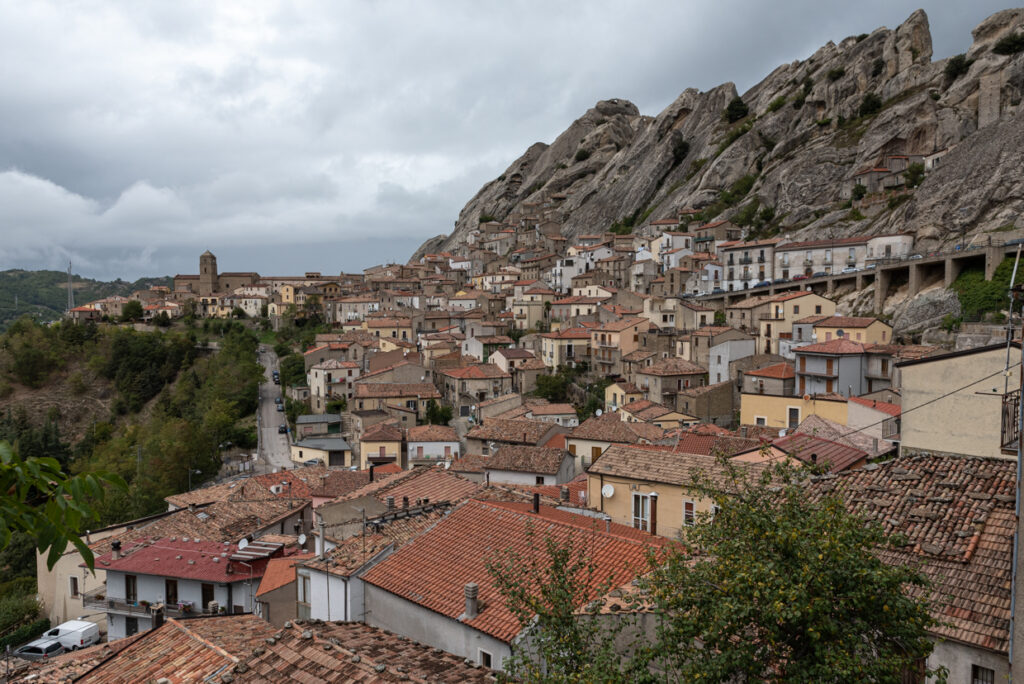
What was strictly separated though, was the world of men from that of women. While the man were working the fields, it was the women who peopled the village during the day.
They seemed to me all alike, with their faces framed by a veil folded several times and falling over their shoulders, pale cotton blouses, wide, dark bell-shaped skirts that went halfway down their legs, and high boots. They stood erect with the stately posture of those accustomed to balancing heavy weights on their heads and their faces had an expression of promitive solemnity.
Of course Lucania was, like the rest of the world, a patriarchal society. Decisions were made my men, and women were married off in their teens, with or without their consent. In the course of their lives women bore dozens, or more, of children, running the risk of maternal death, running the risk of still birth. Children they had to care for on their own, children they often had to bury when they were babies, toddlers, or before they reached their teenage years.
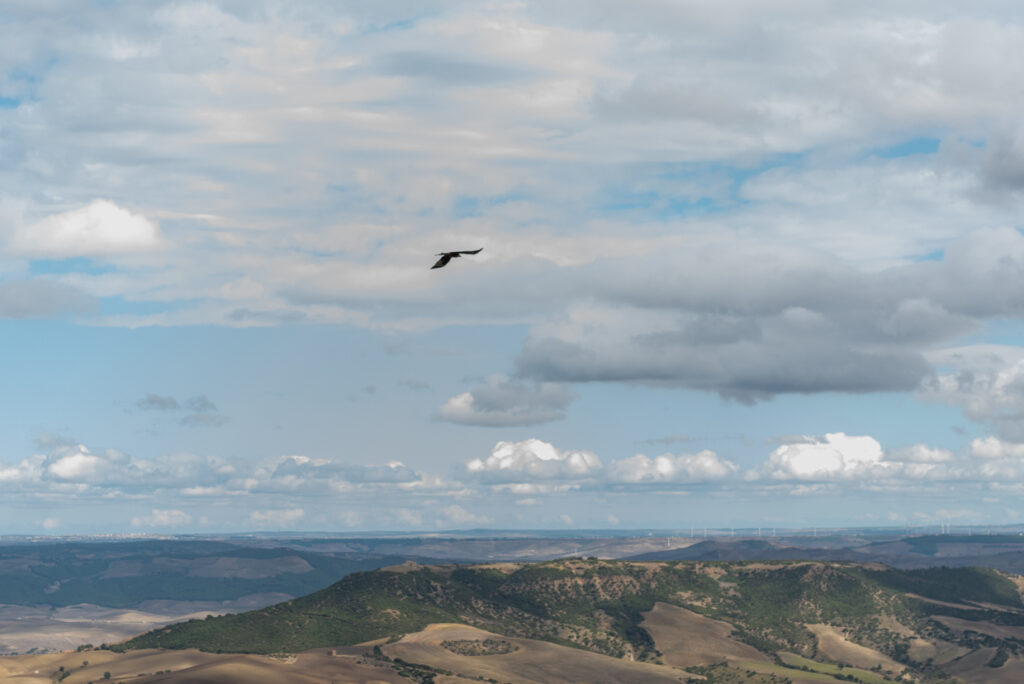
Levi was fascinated by these women, who looked so brittle and old, but were impossibly strong; illiterate and yet so wise. In reality, these women were witches.
It’s from here, these mountain ridges hammered into the sky, that angels and witches spread their wings, following the falcons, princes of the highest peaks, at the uncertain border between wakefulness and sleep. (from Vito ballava con le streghe)
In the reality of the night, of the world of dreams, women cast themselves from the mountain peaks and fly with the falcons. They dance and sing. They heal and cast spells with magic words. They fabricate love potions to get any lover they want. And they always want lovers.
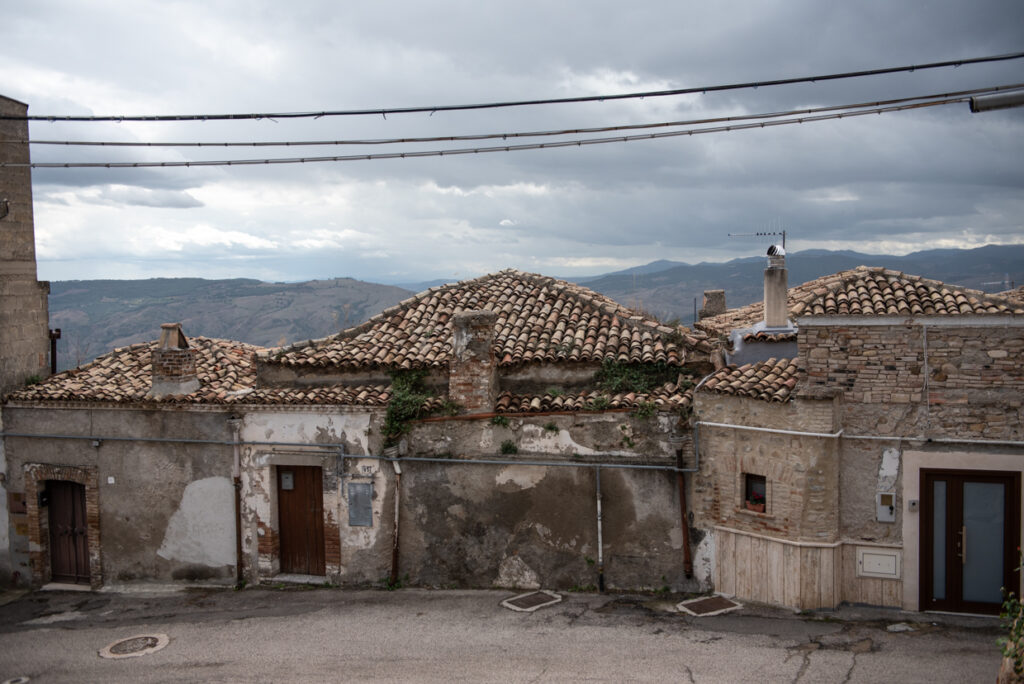
Men in Lucania had to be alert. Women could smuggle their love potions into the glass of red wine they served at dinner. These love potions were concocted from menstrual blood, impossible to detect in a glass of red wine.
Men had to make sure they were never alone with a woman other than their wife. Love, or sexual attraction, was considered such a powerful natural force no amount of will-power could resist it. A man and a woman together always resulted in love making. And many children. And gnomes.
The gnomes were little airy creature, capricious and frisky, who liked to play tricks on the people, like tickling the feet of those sleeping, pulling sheets off their beds, throwing sand into people’s eyes, making the laundry fall off the line into the dirt. They hid things in the out-of-the way places. They were innocent little sprites. Little rascals. They were the souls of the children who died before they were baptized.
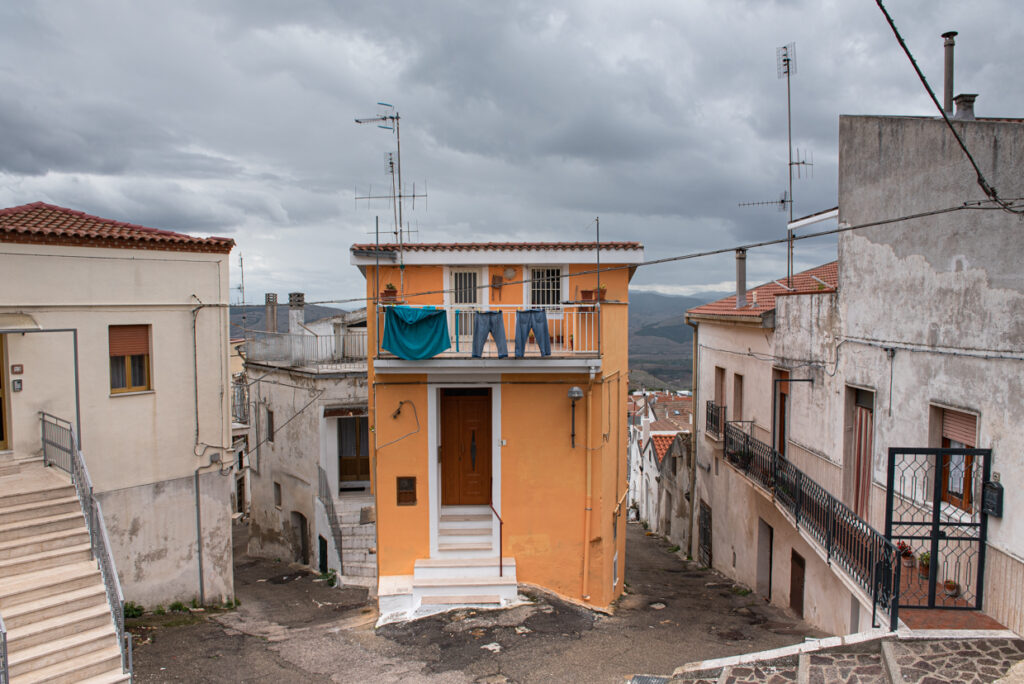
But of course, the world of gnomes, witches and invincible love was just another exile. In a world, where women where kept from material power, had their wings cut by patriarchy and Catholicism, it was this other world of magic and spirituality where they would hold the reins.
Maybe this could be said of Lucania as a whole: Where love and happiness were second to survival, magic was a dream come true.
Against his promises, Carlo Levi never returned to Lucania after his exile had ended. Back to Turin, he picked up his life from before: that of a political and social activist. “Christ Stopped at Eboli” was published 1945 and raised the popular awareness of the plight of the South. Funds of the Marshal Plan were channelled into Southern Italy. The swamps were drained and Malaria eradicated, and land reforms came into effect.
After the war Lucania was renamed Basilicata. It is a quiet place. The people still call themselves Lucanians. At night, the witches are still flying.
